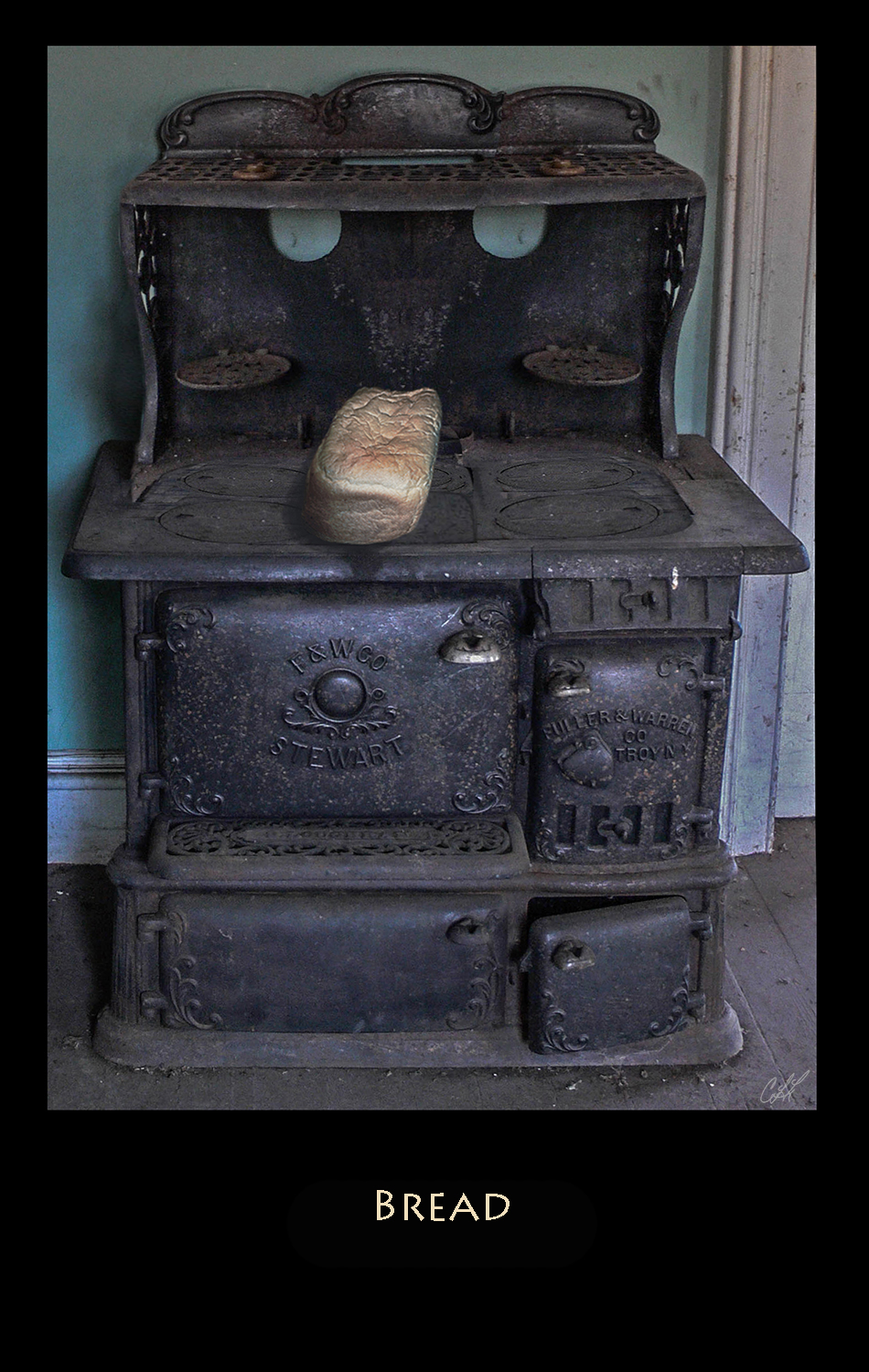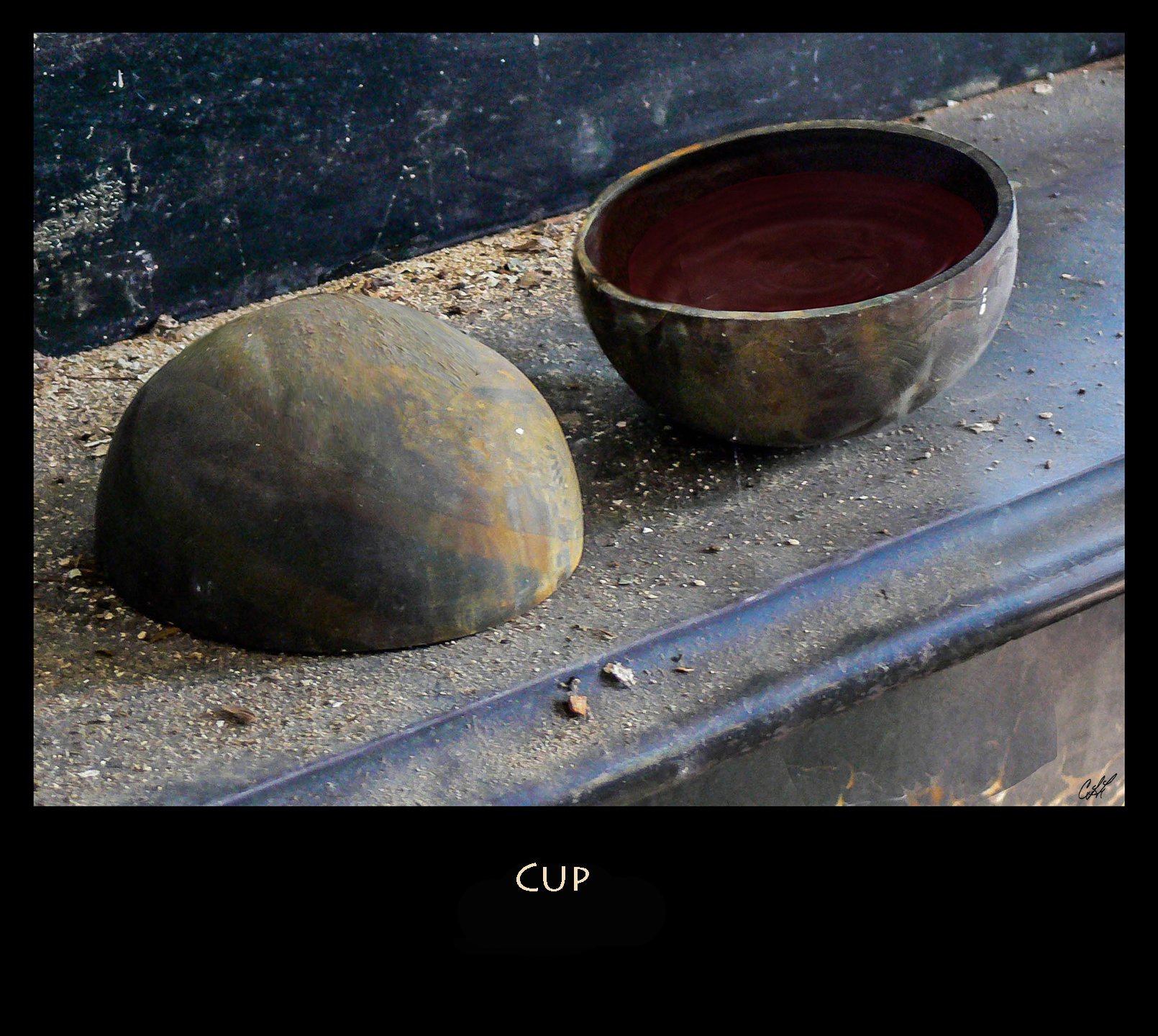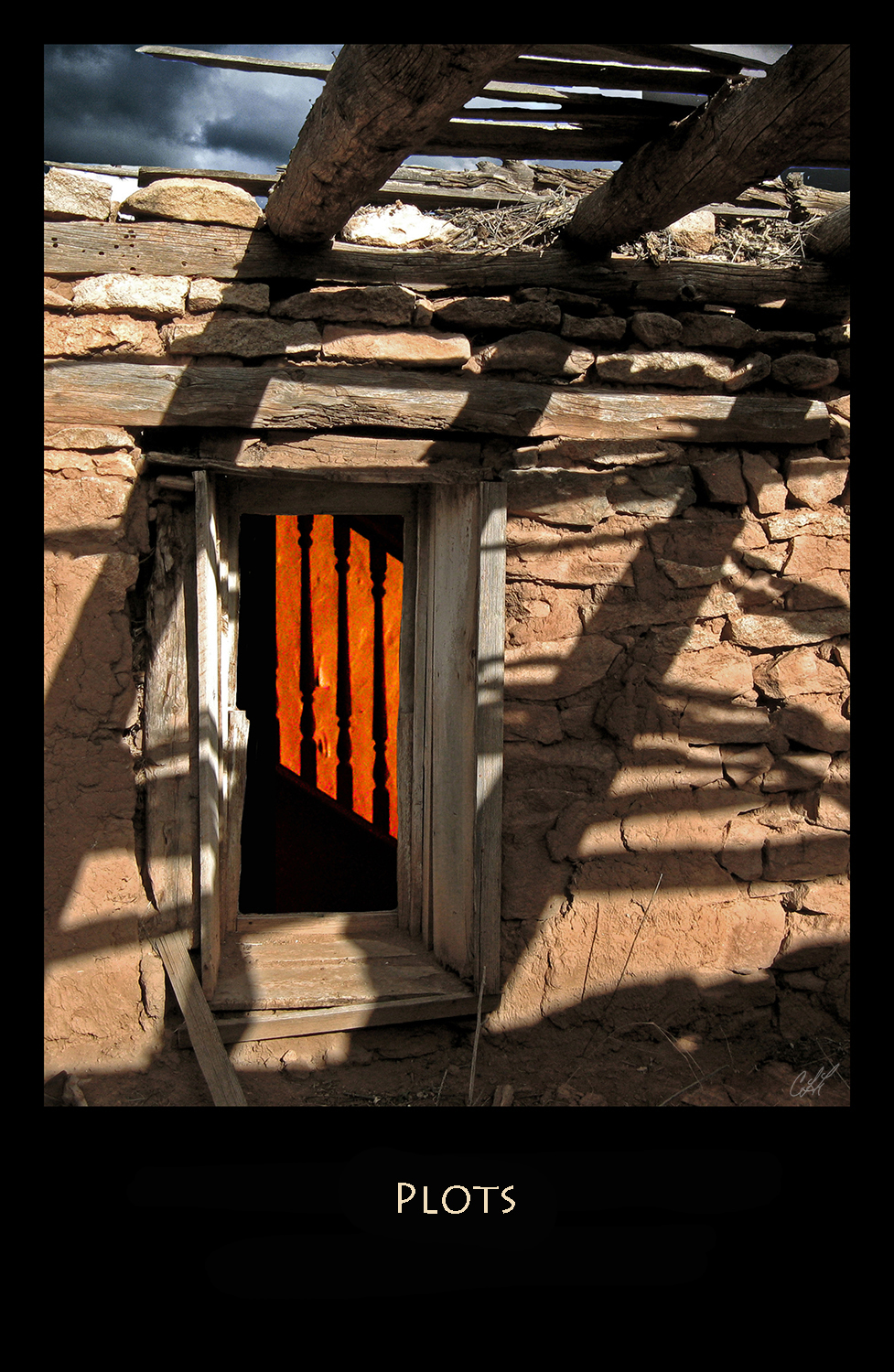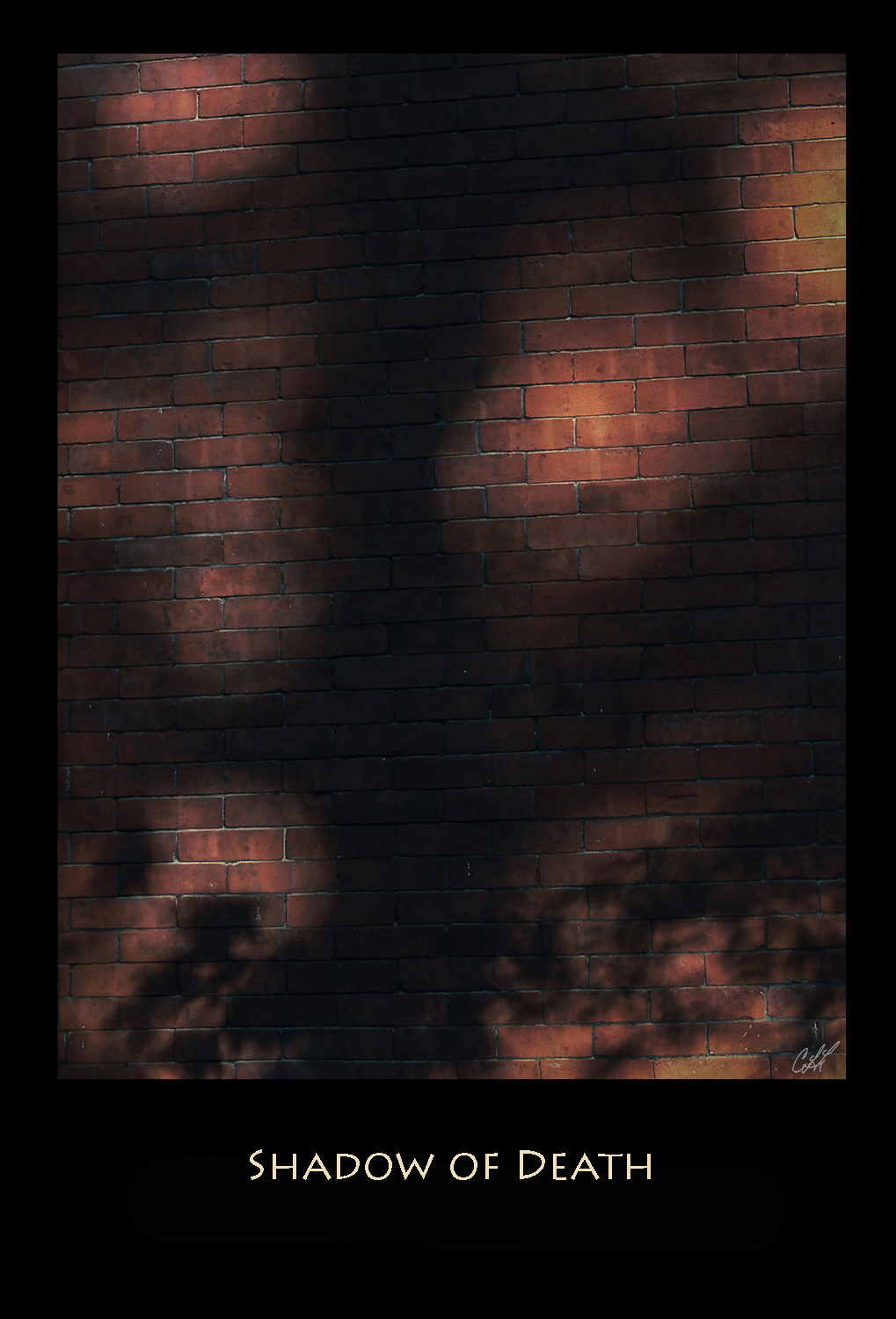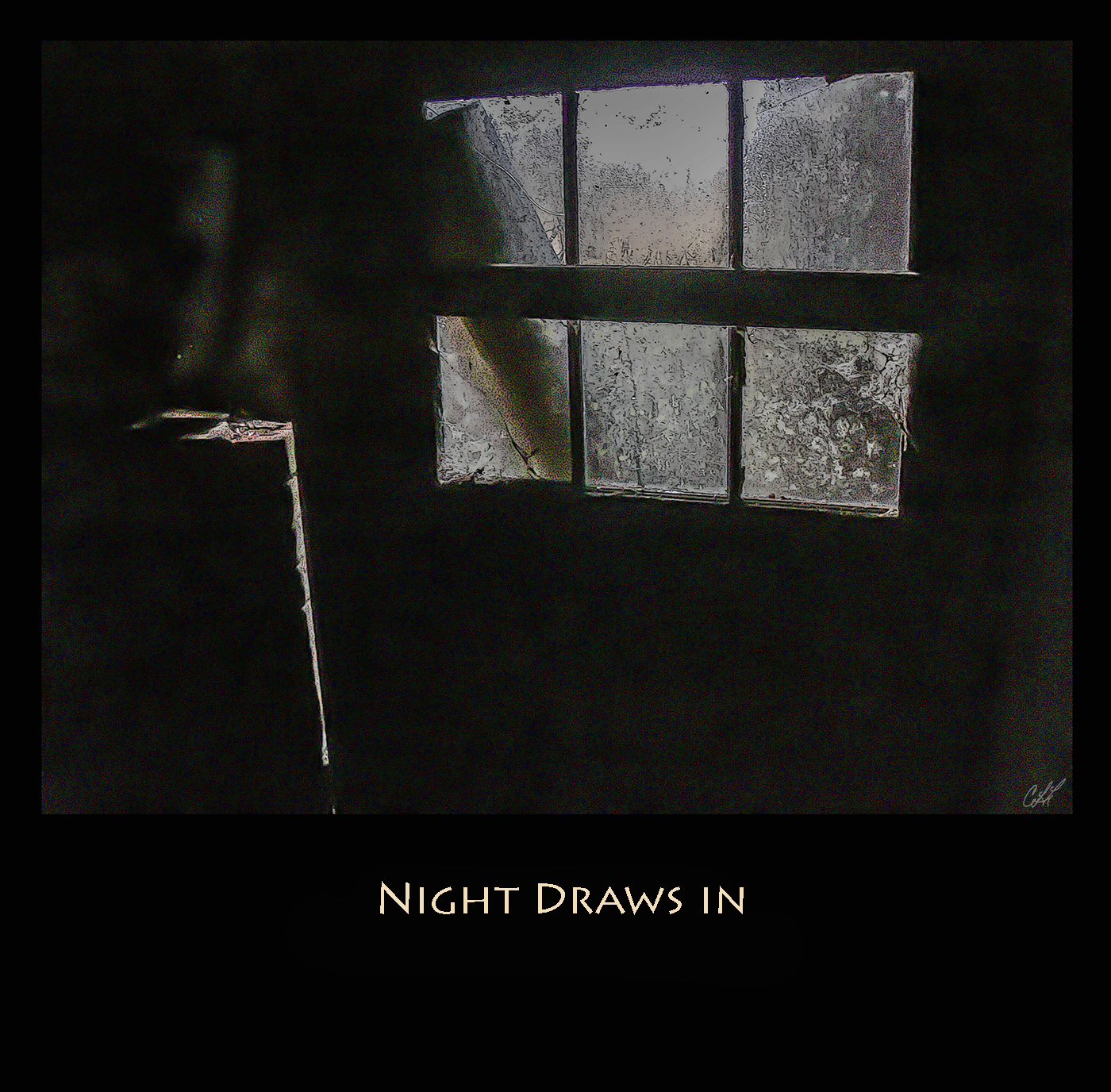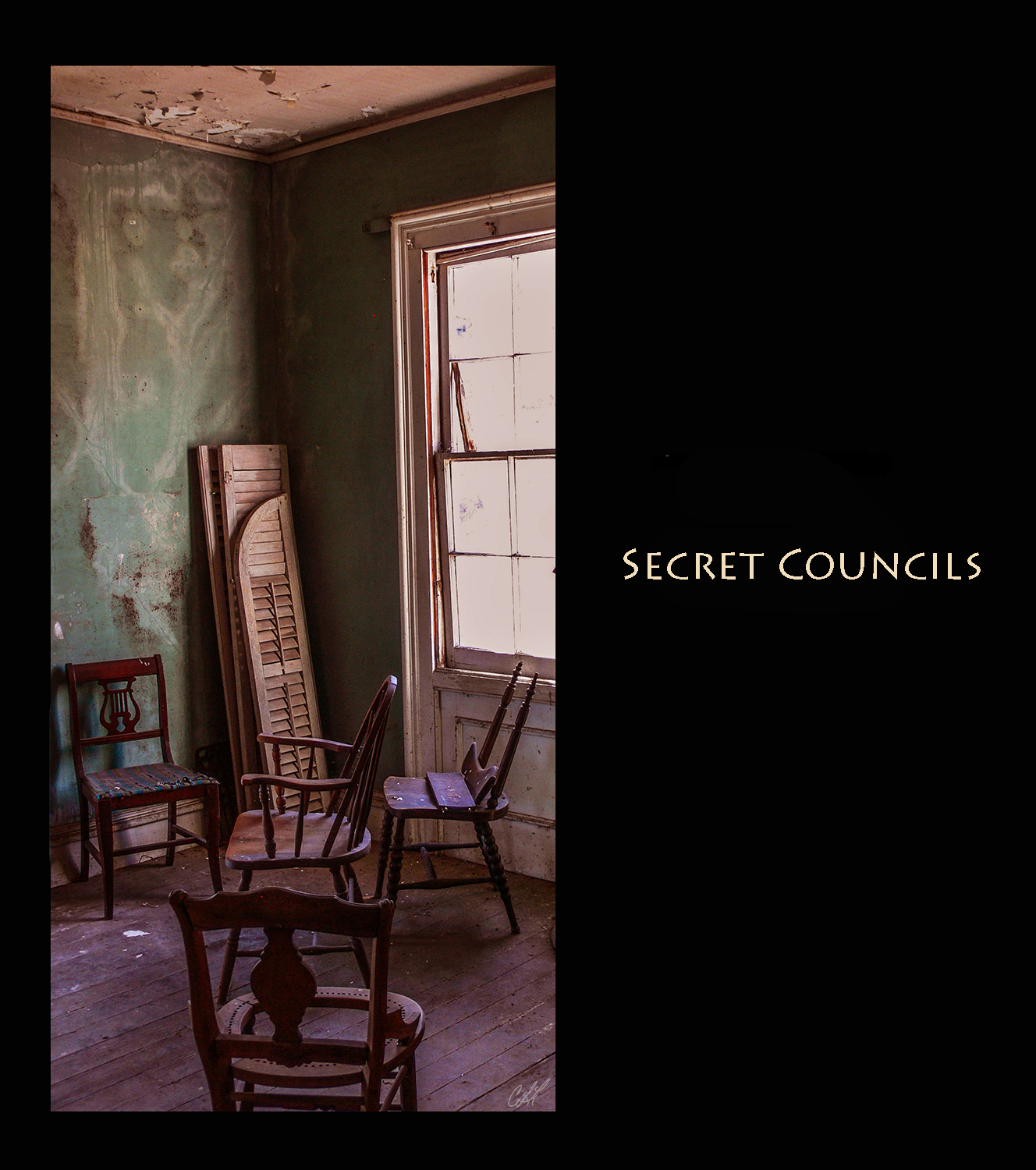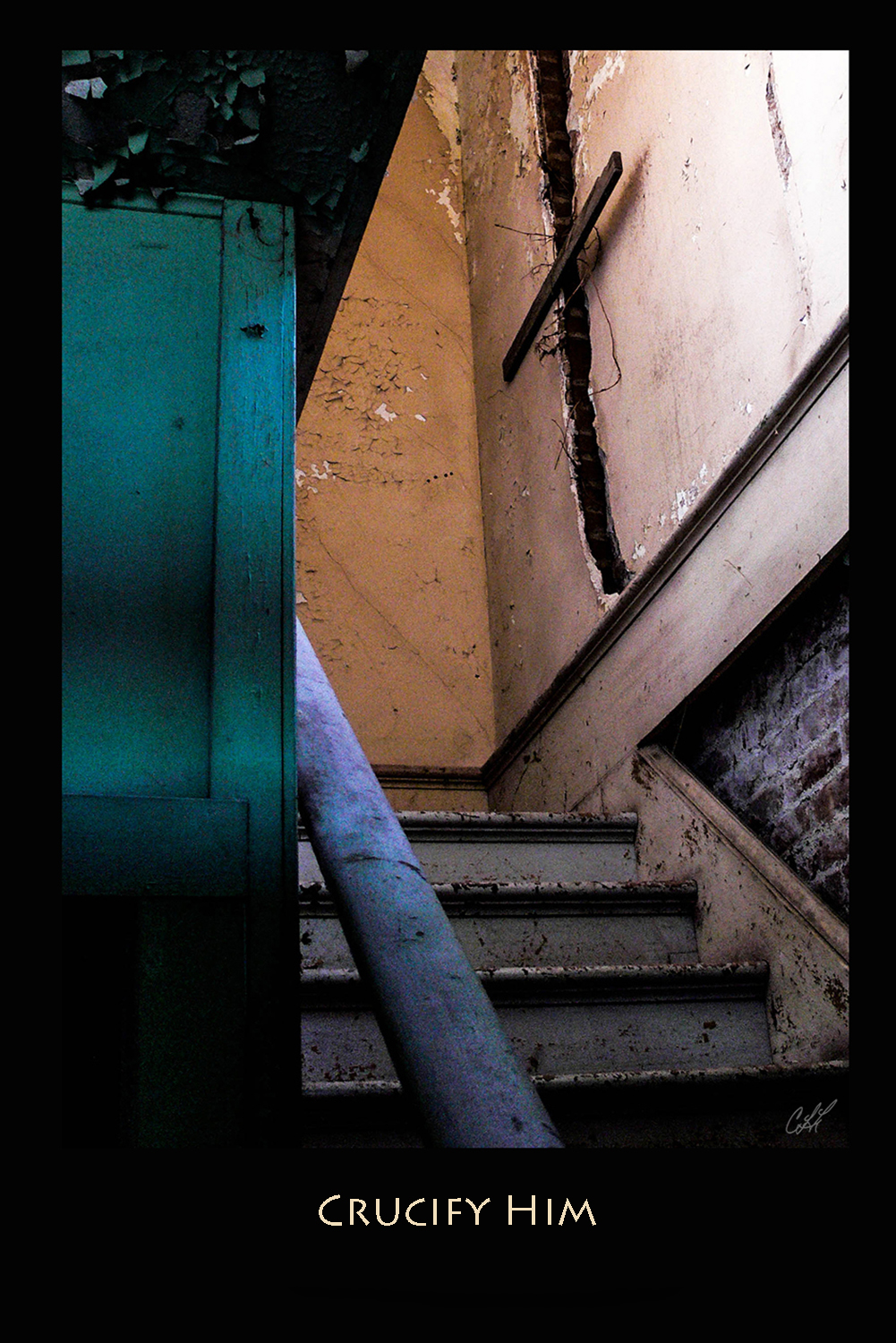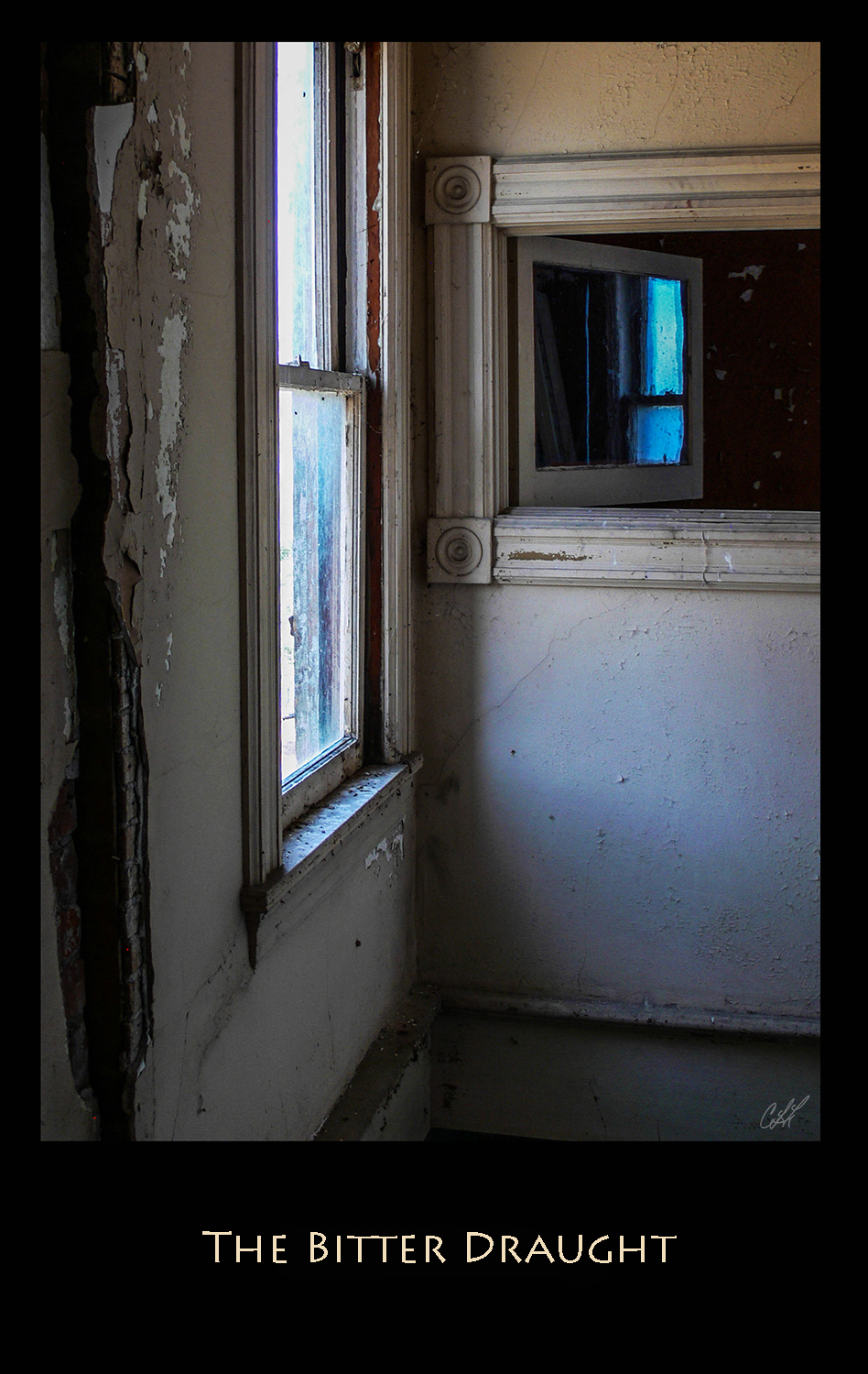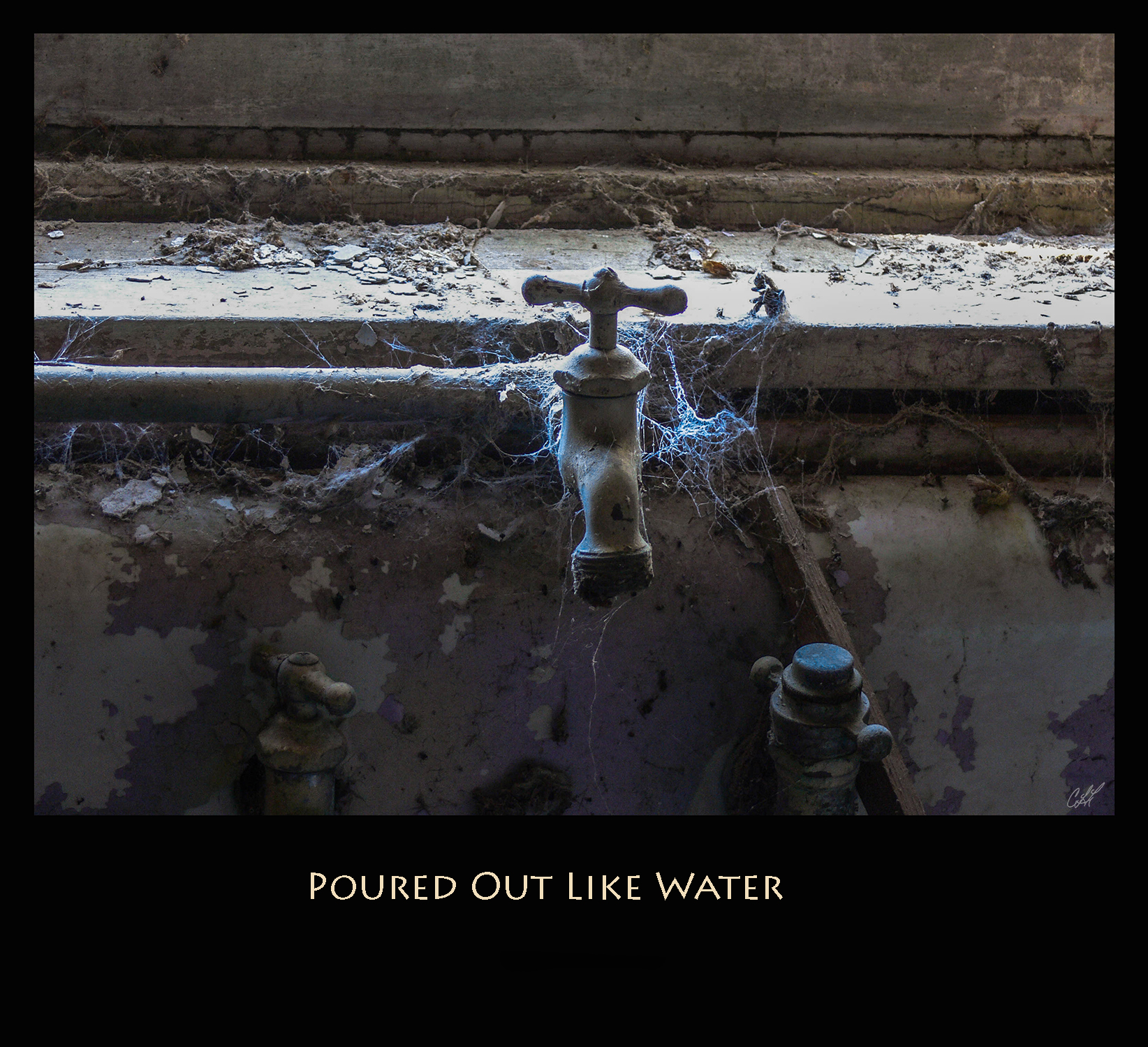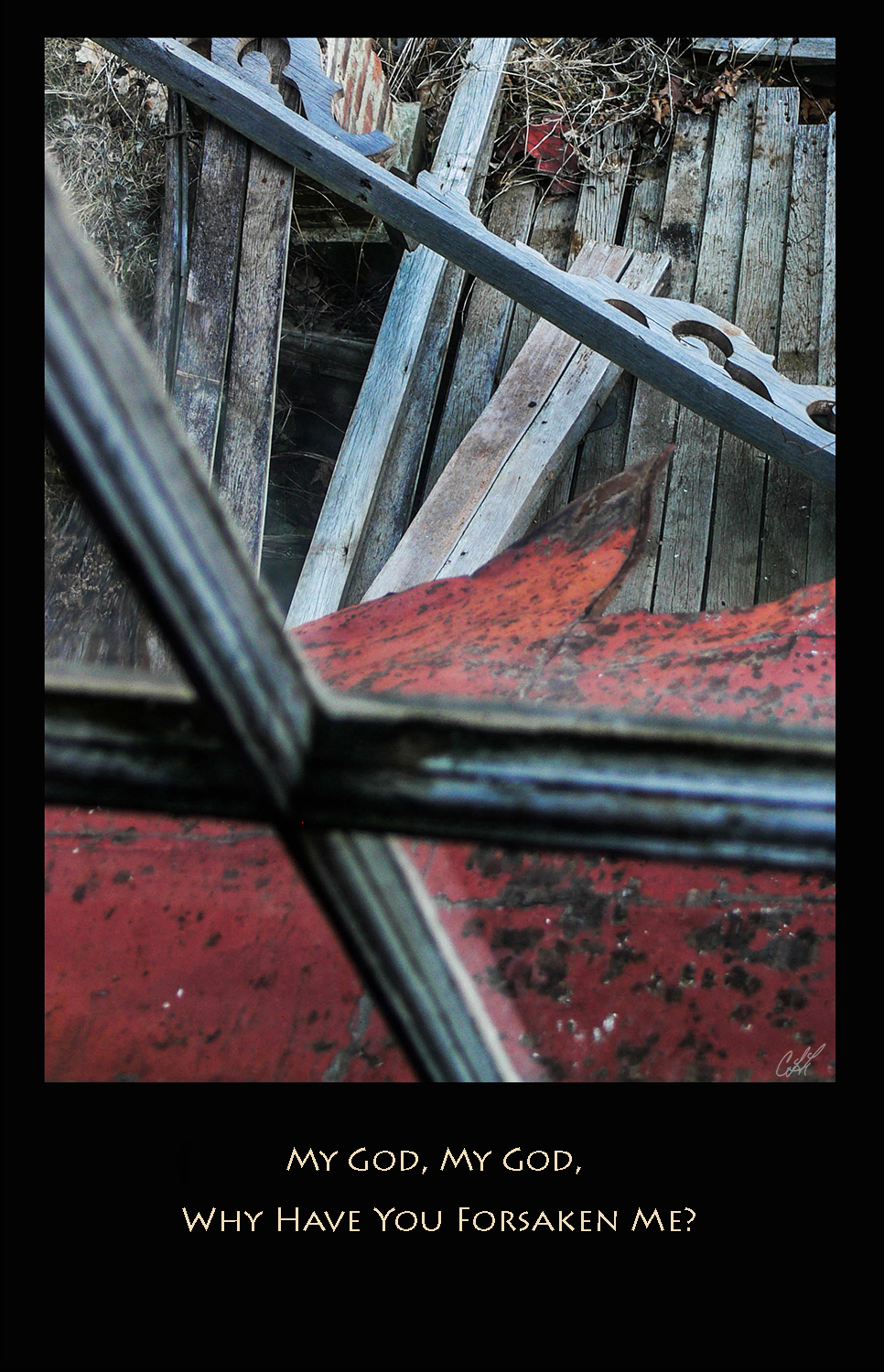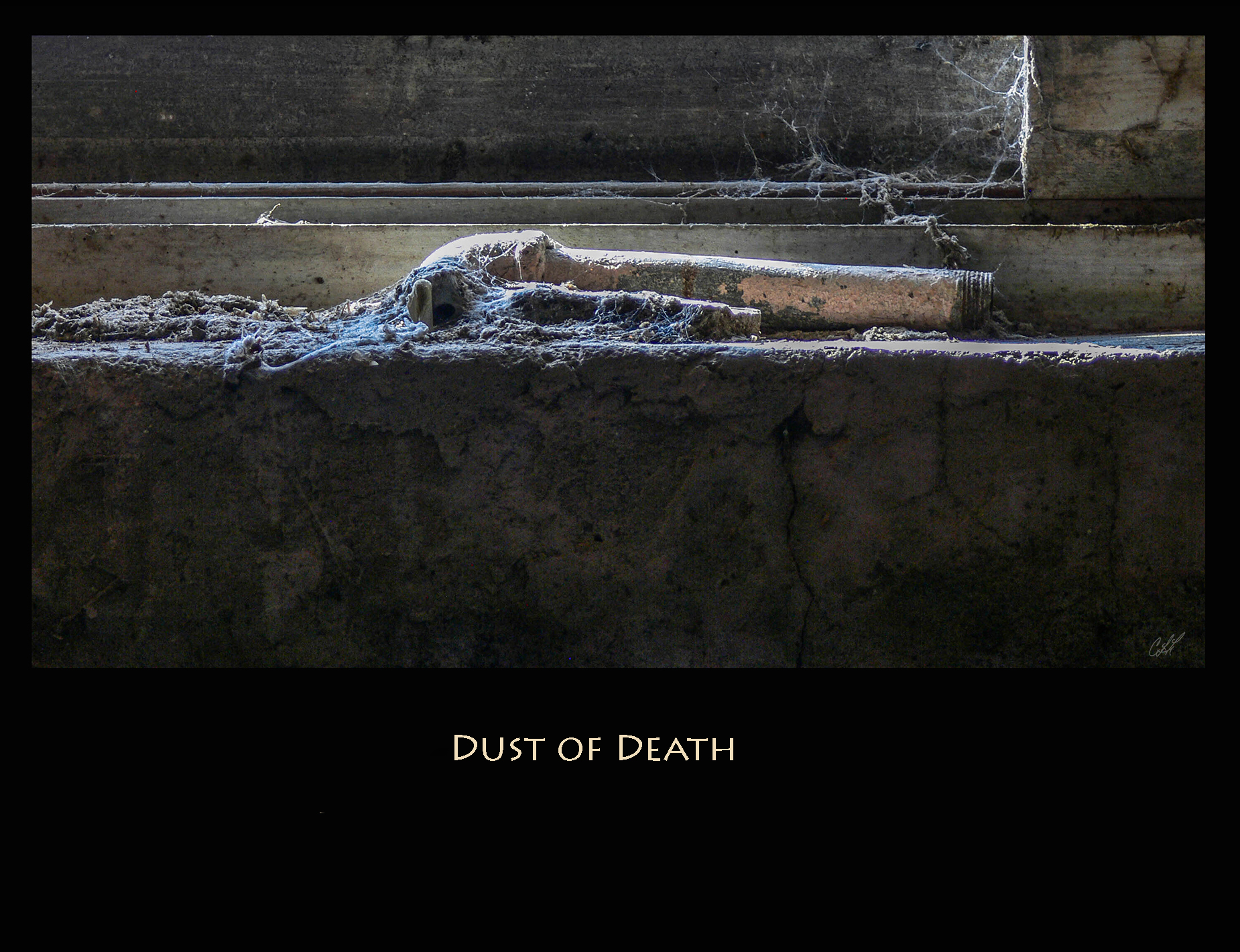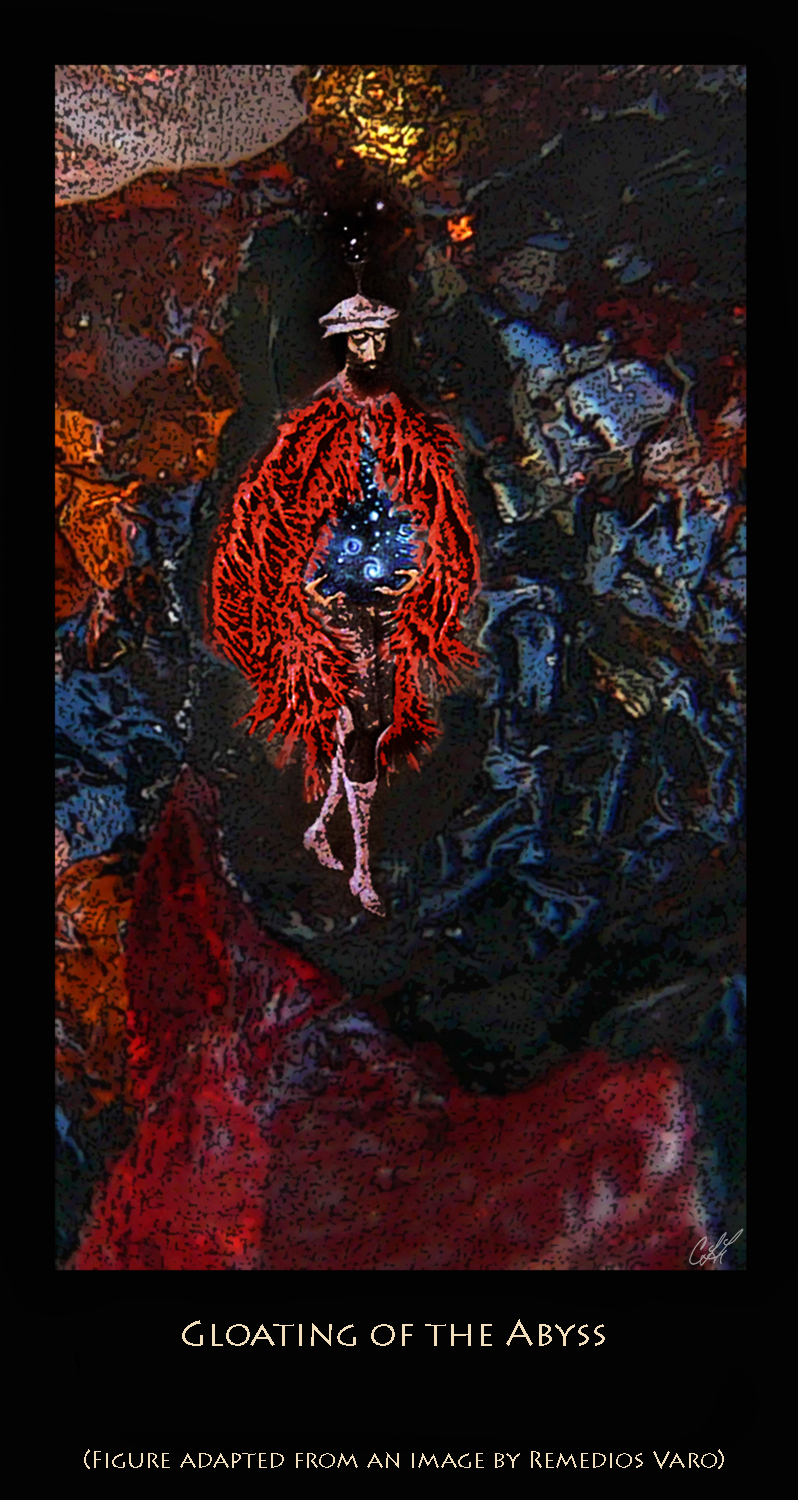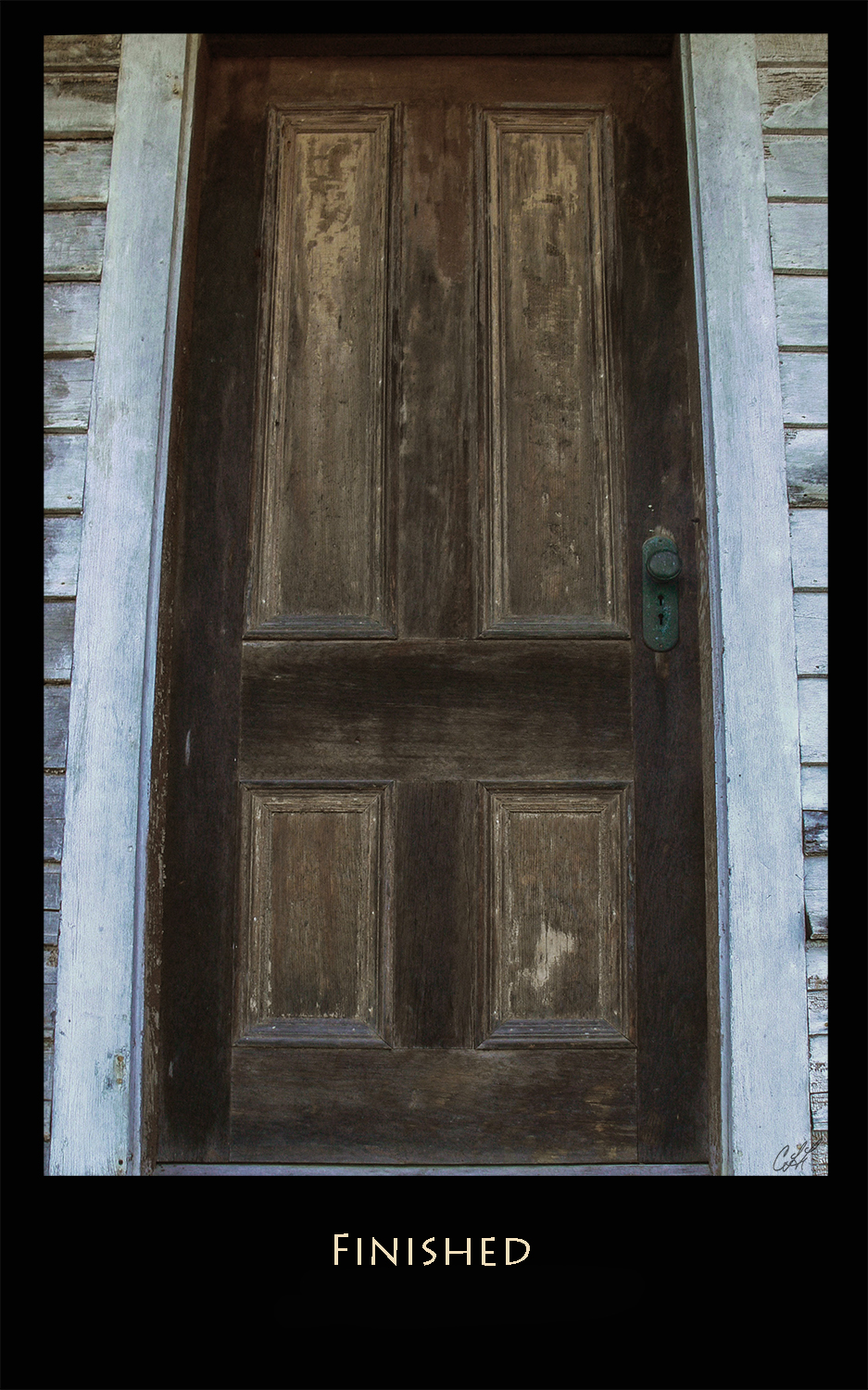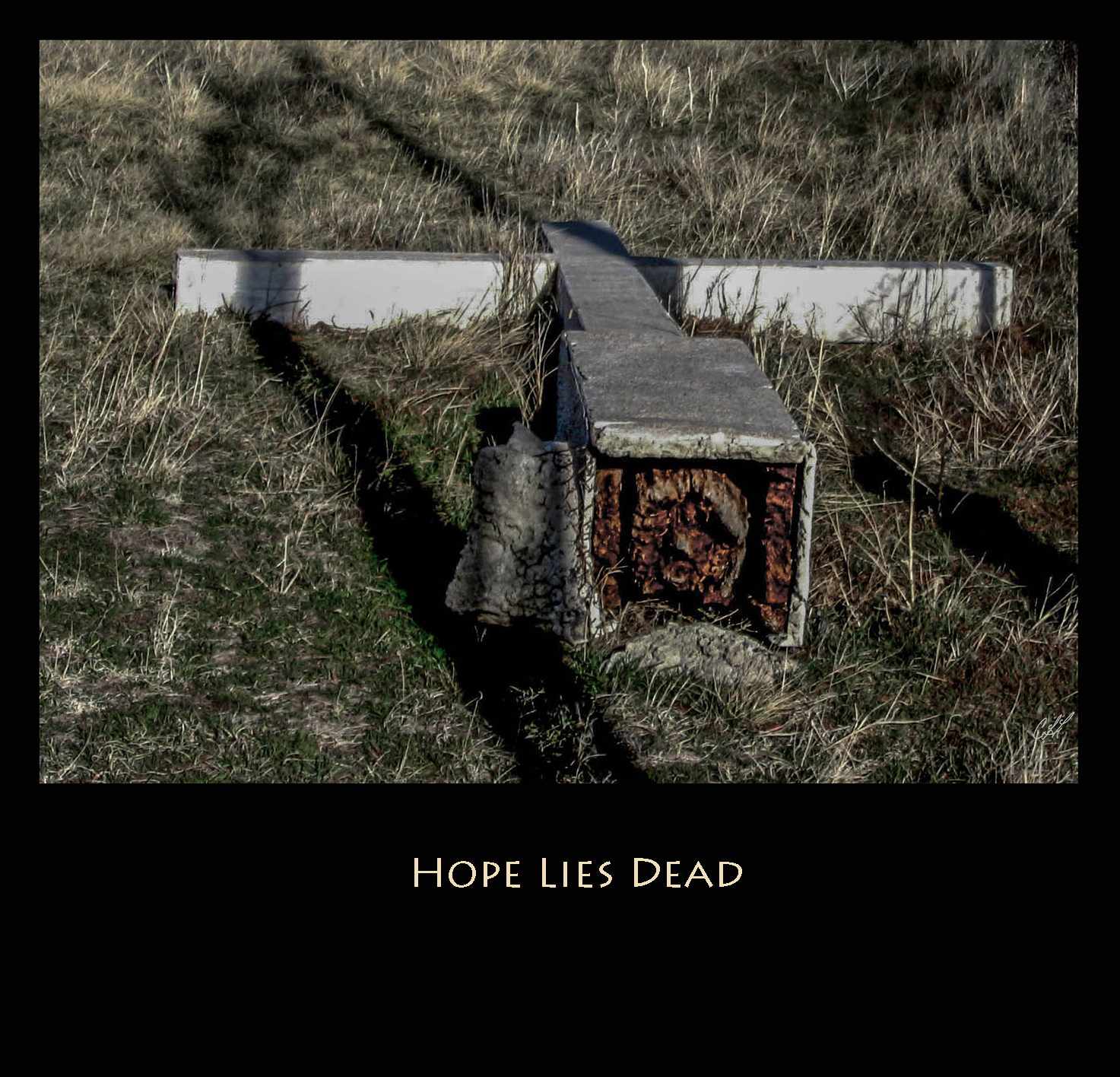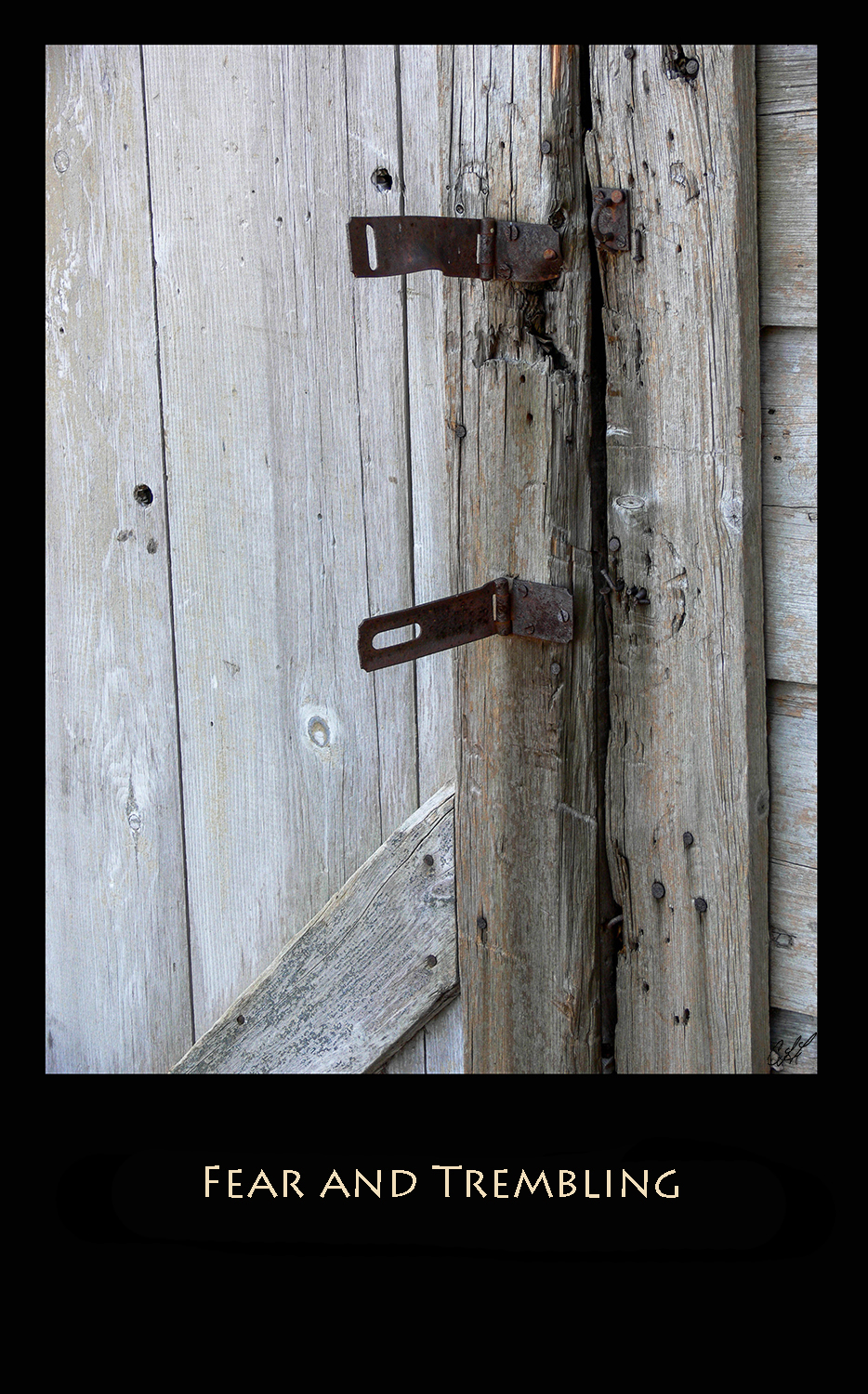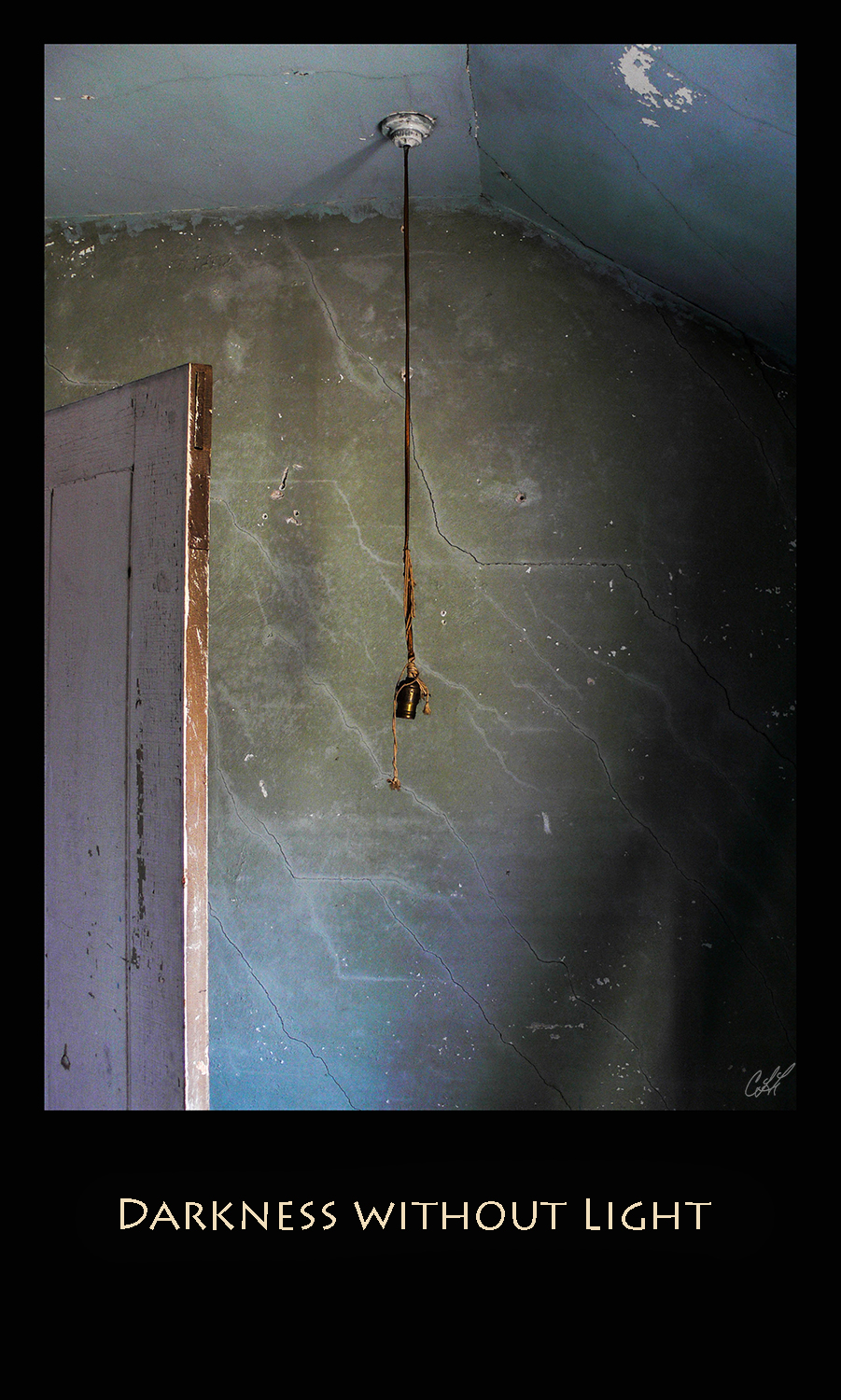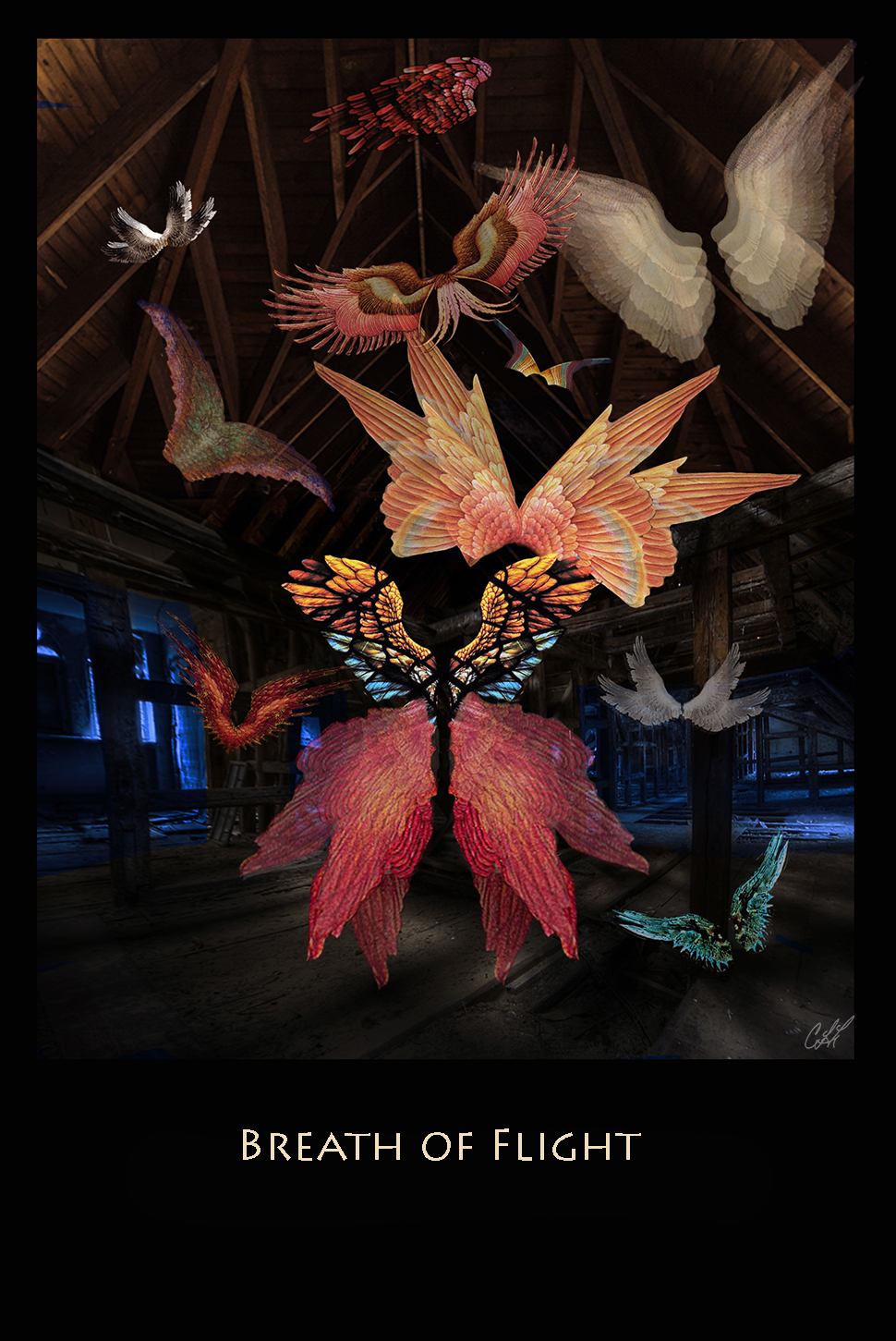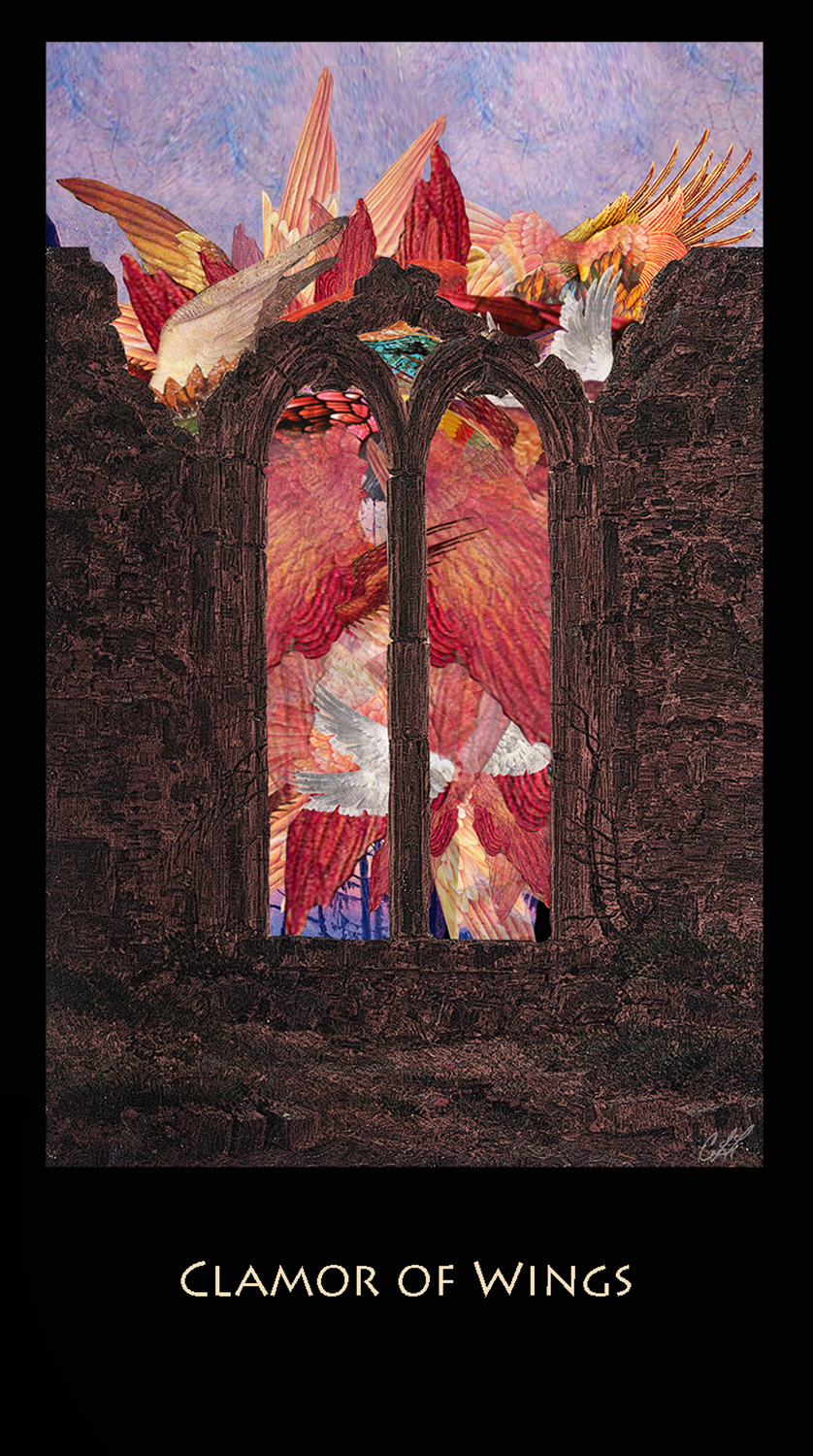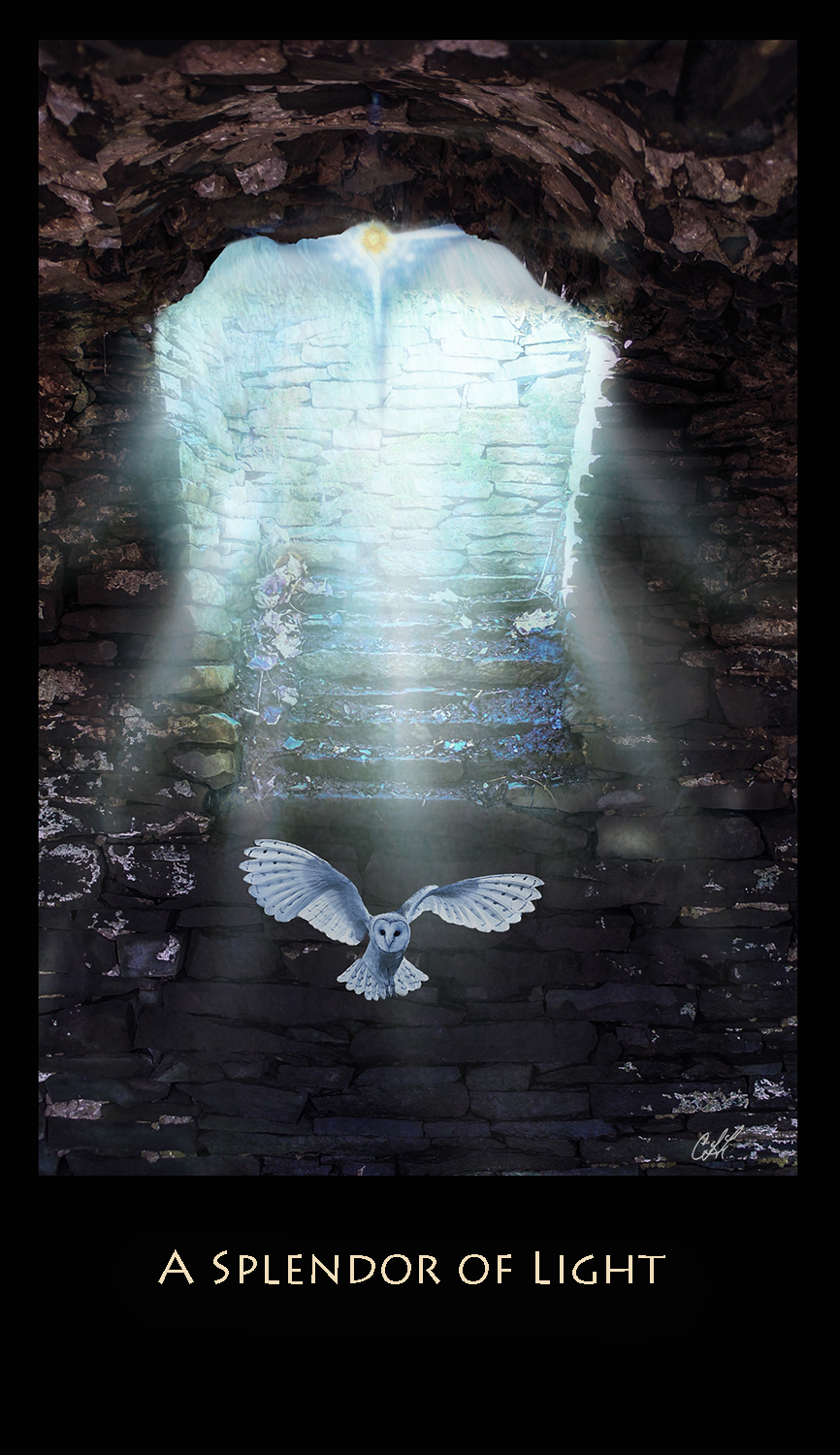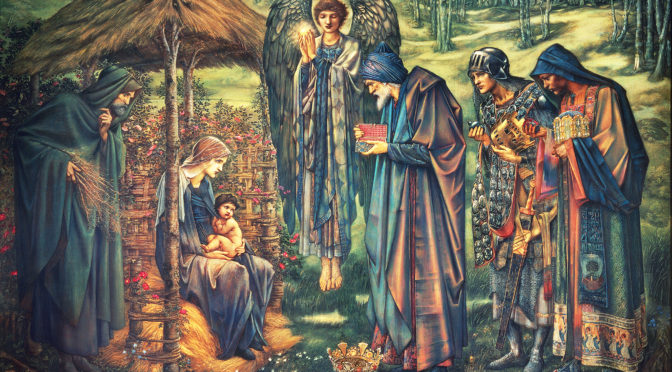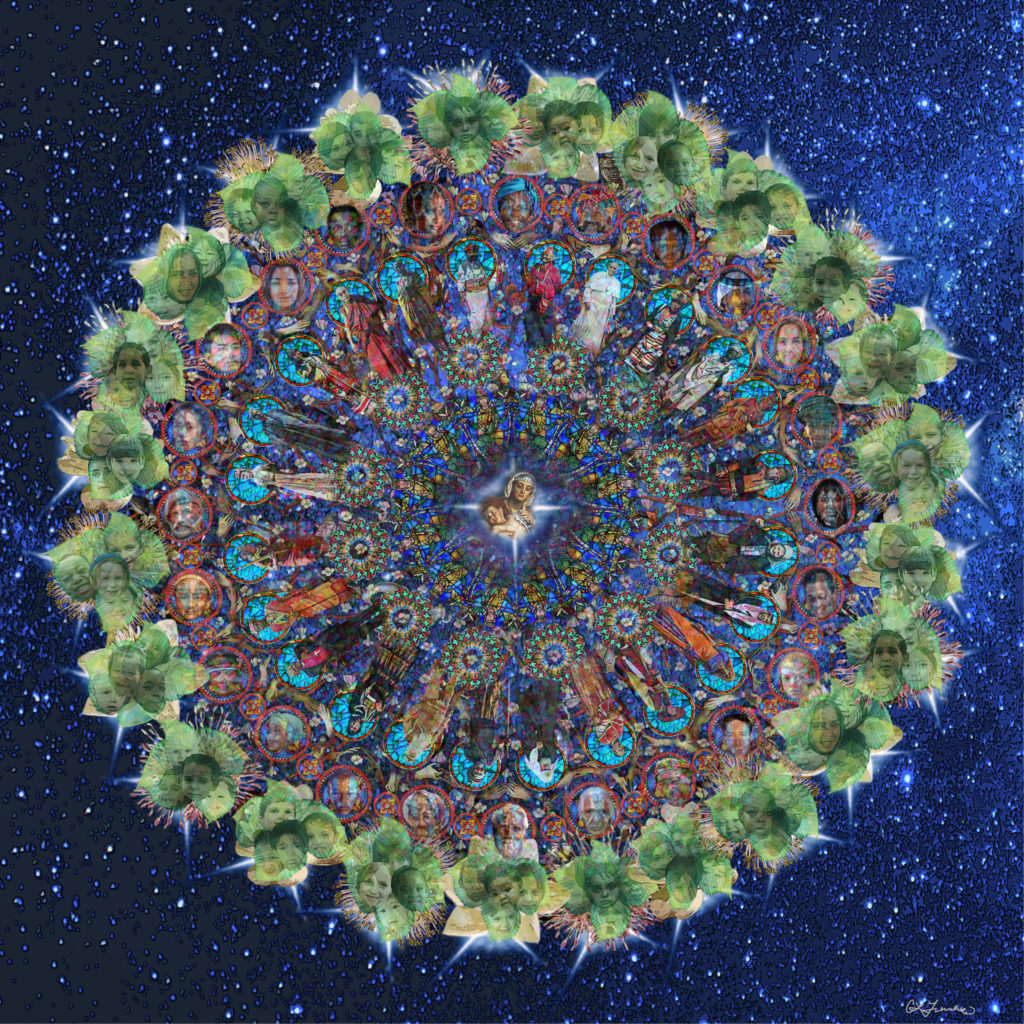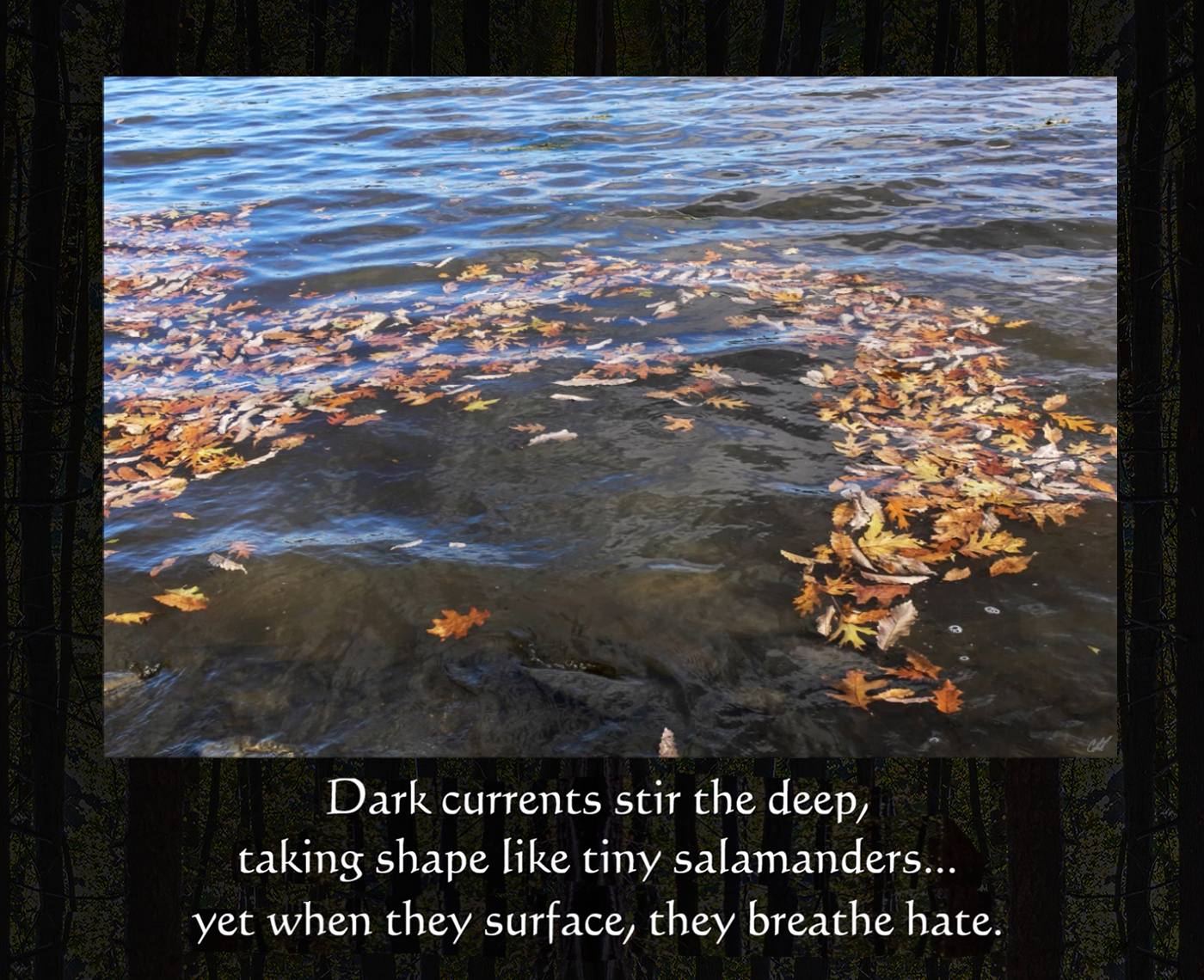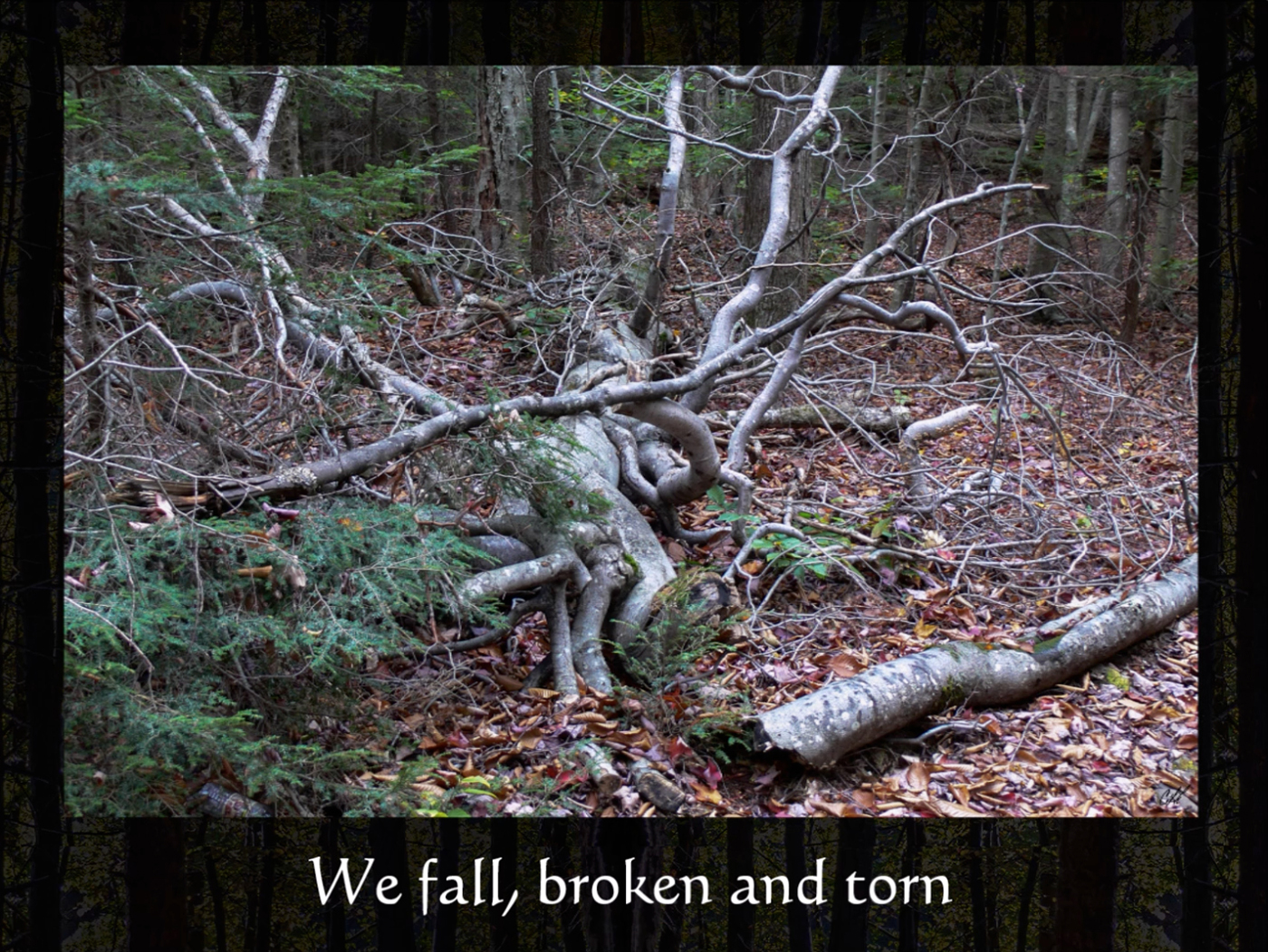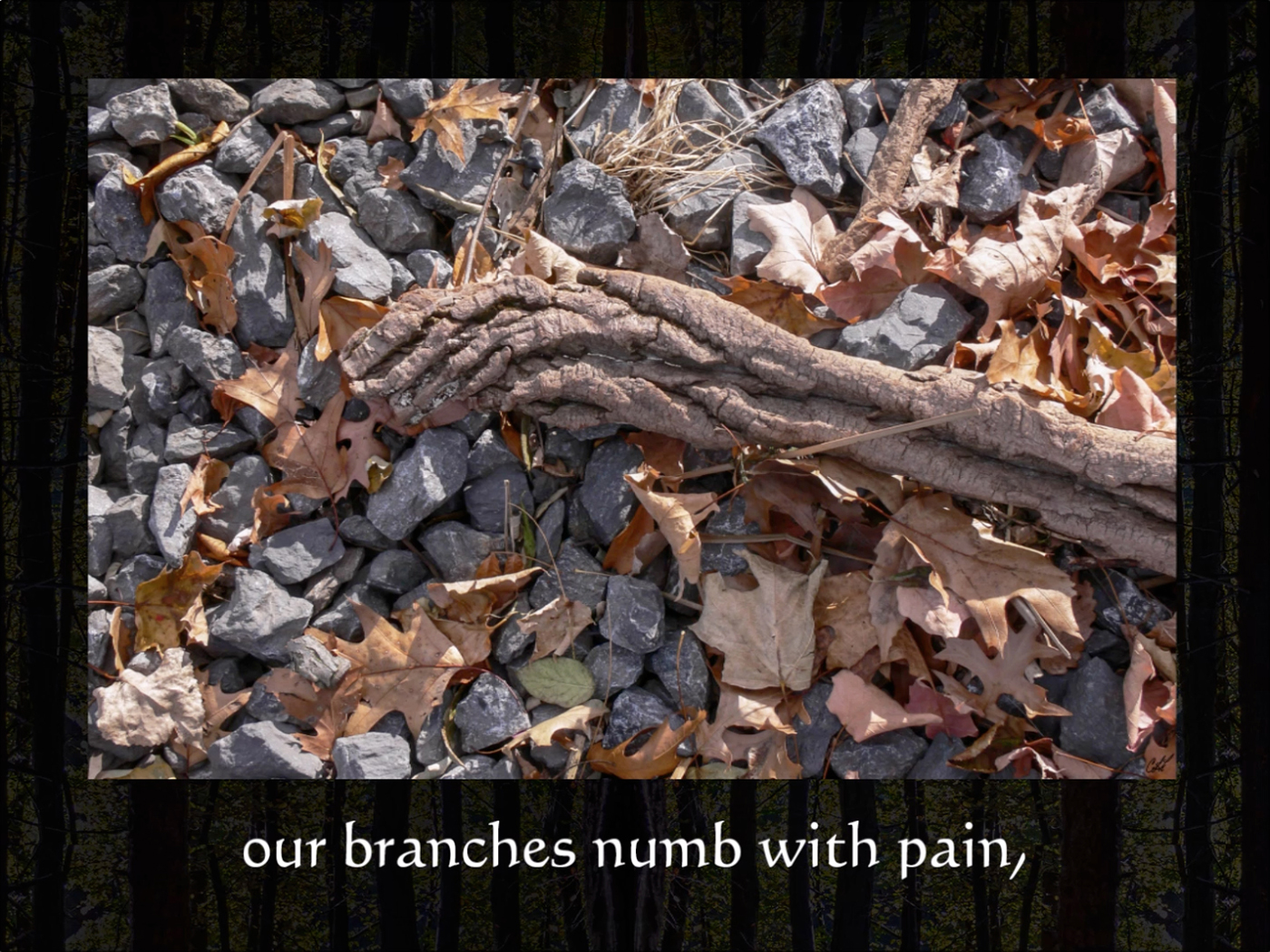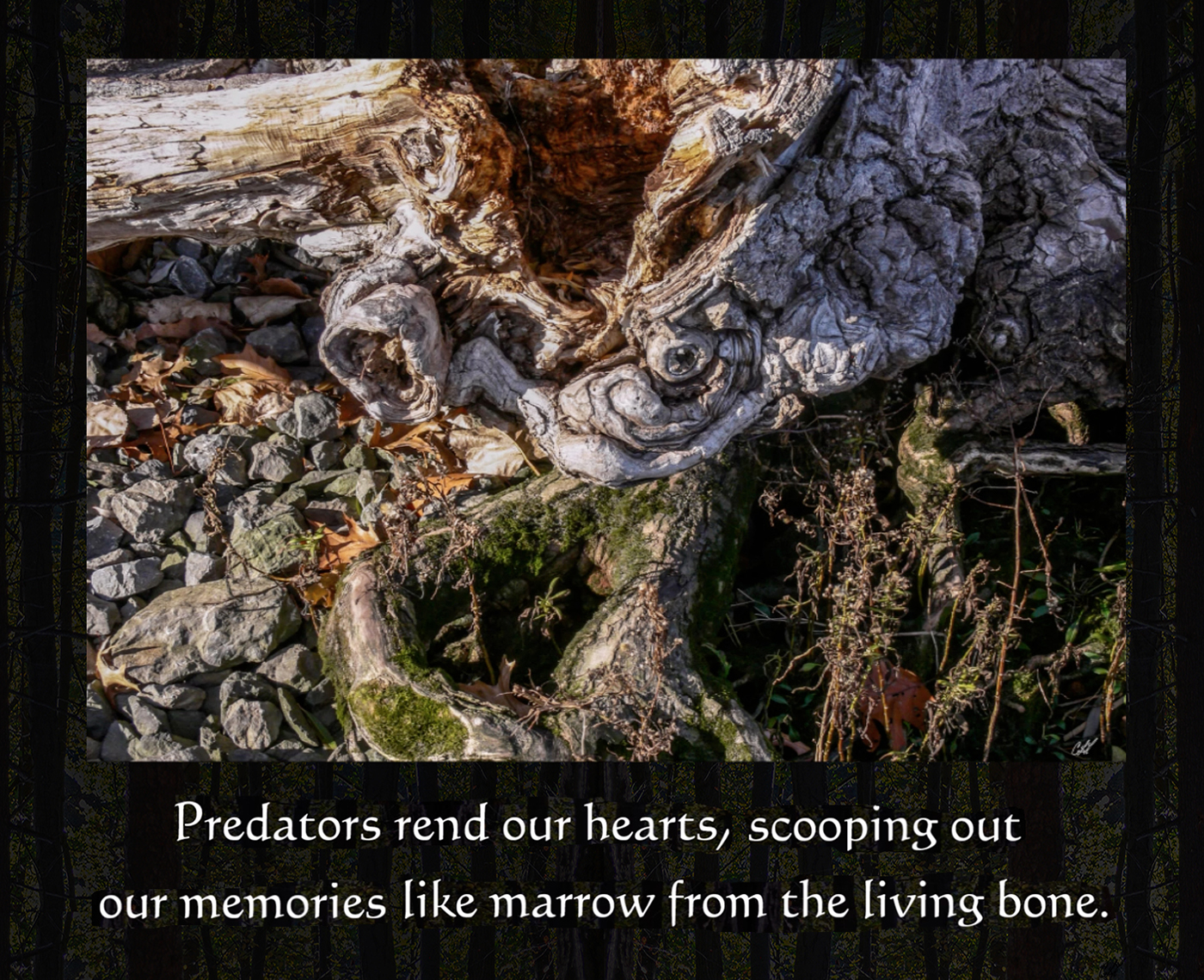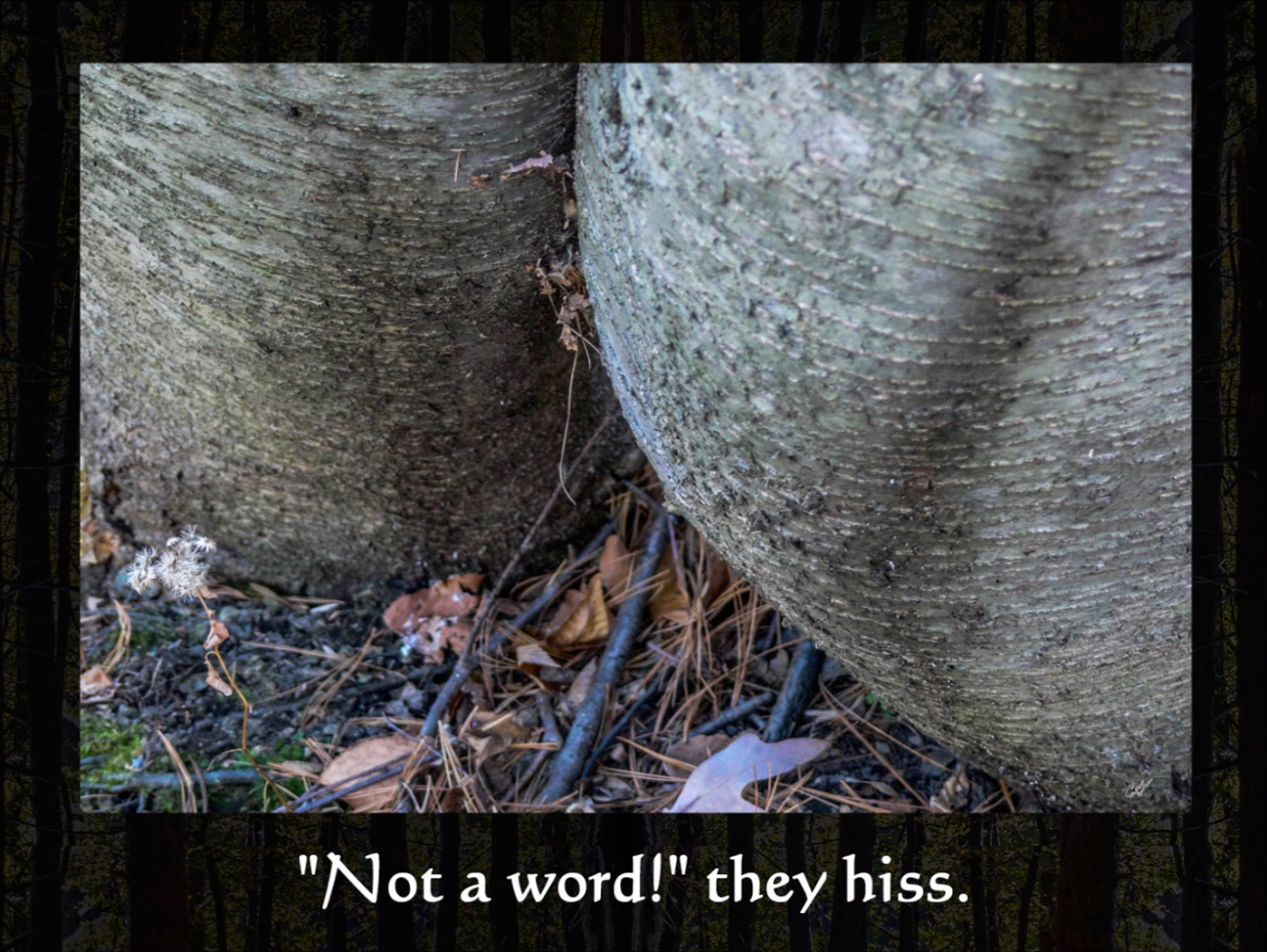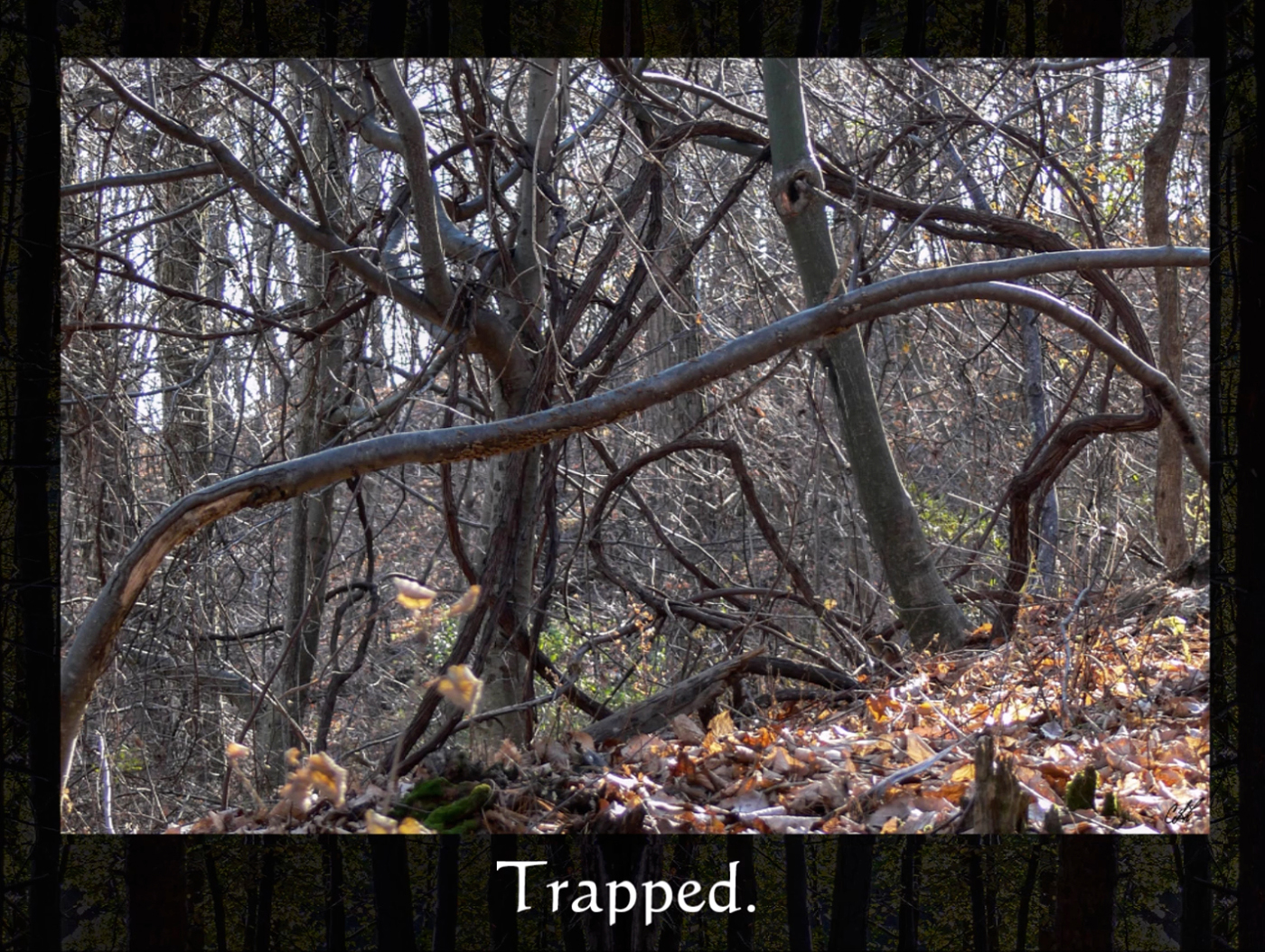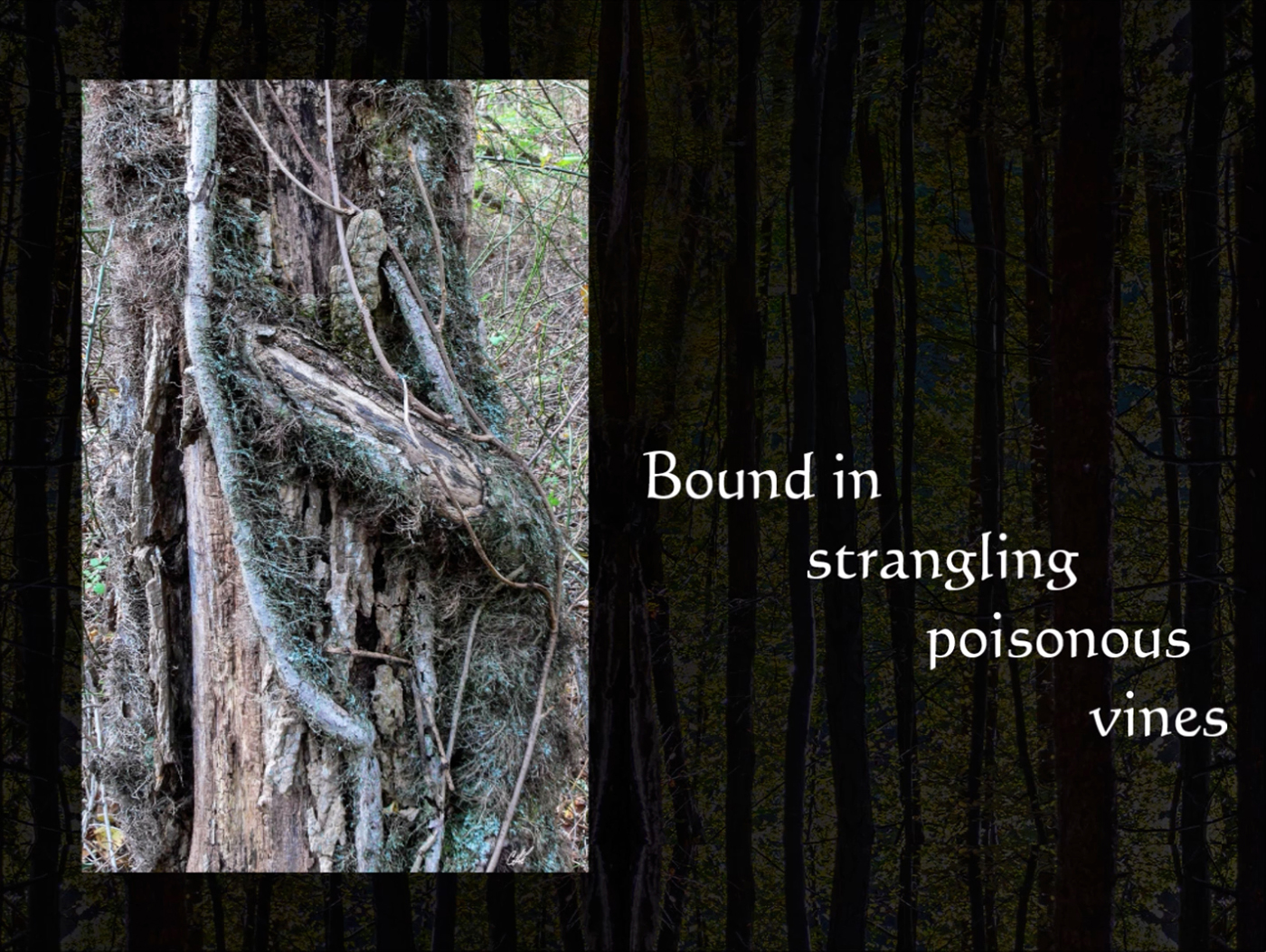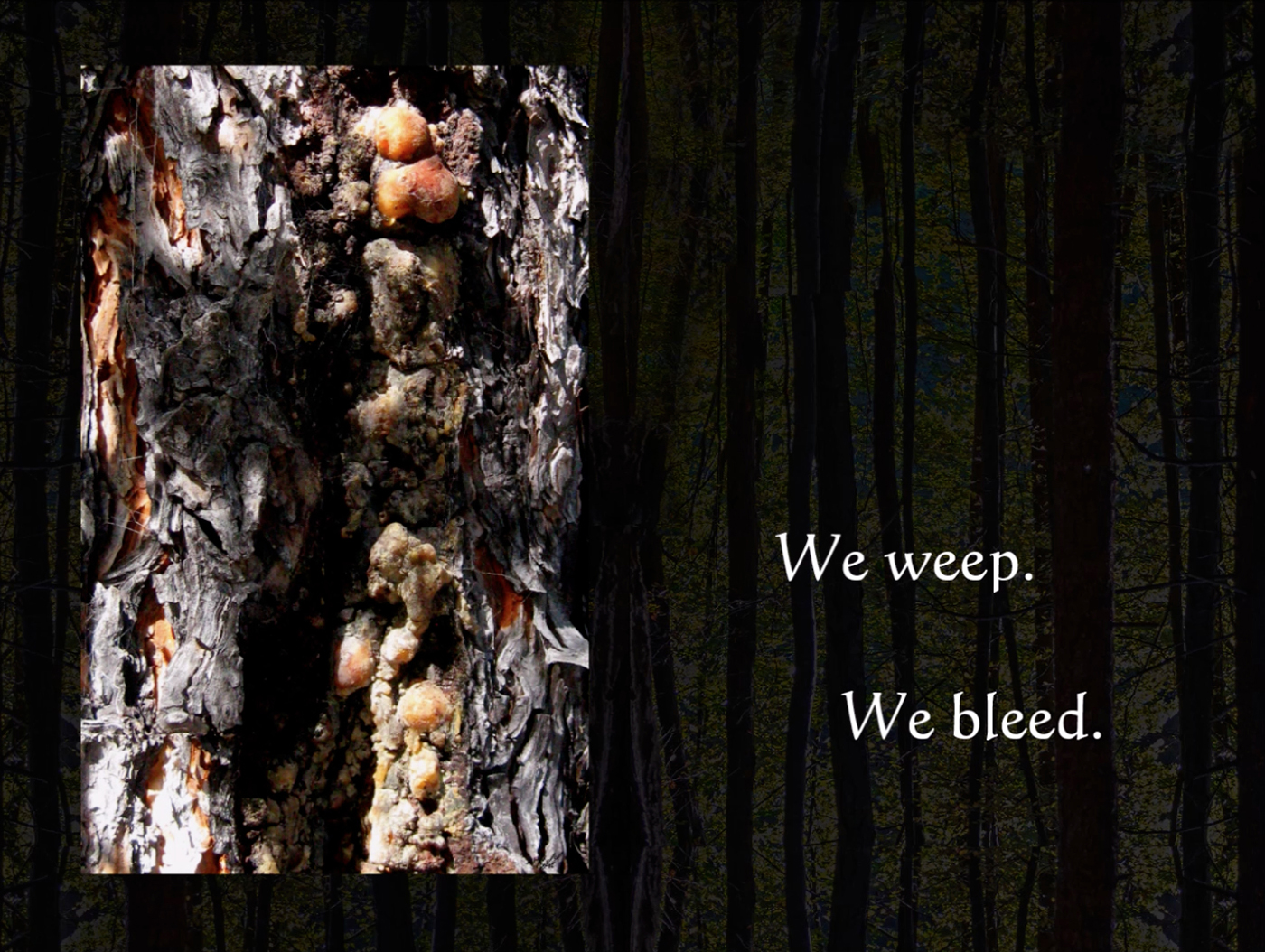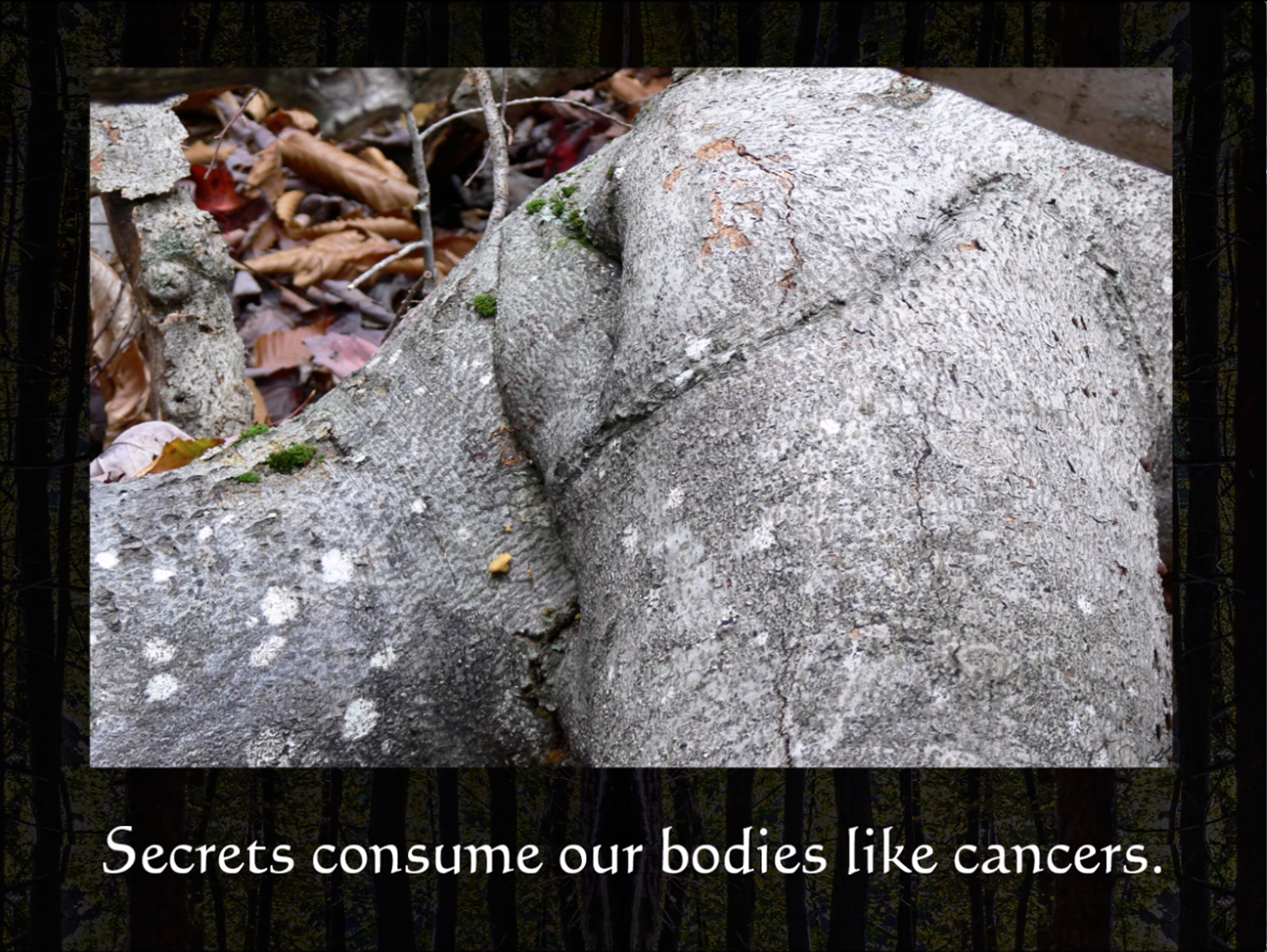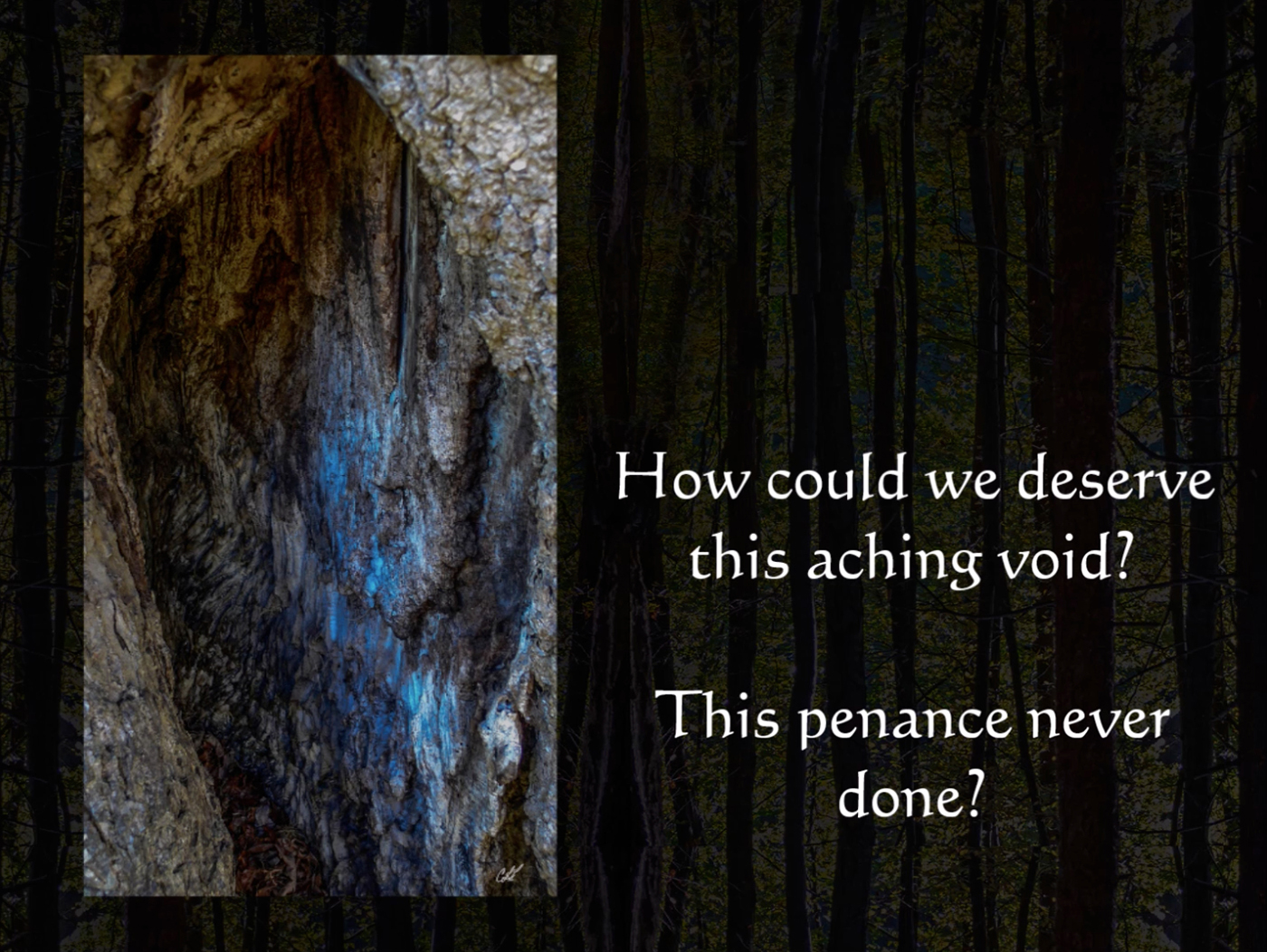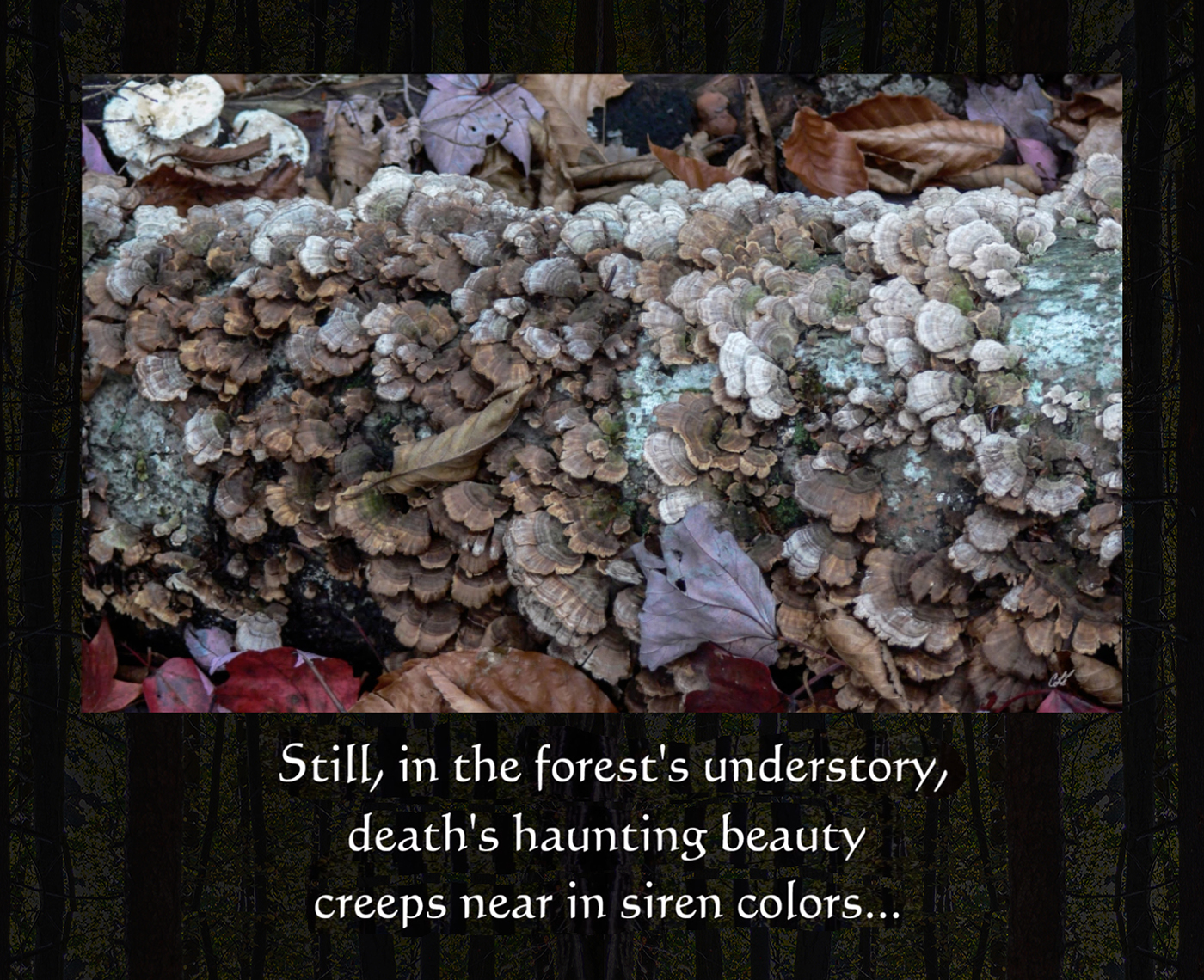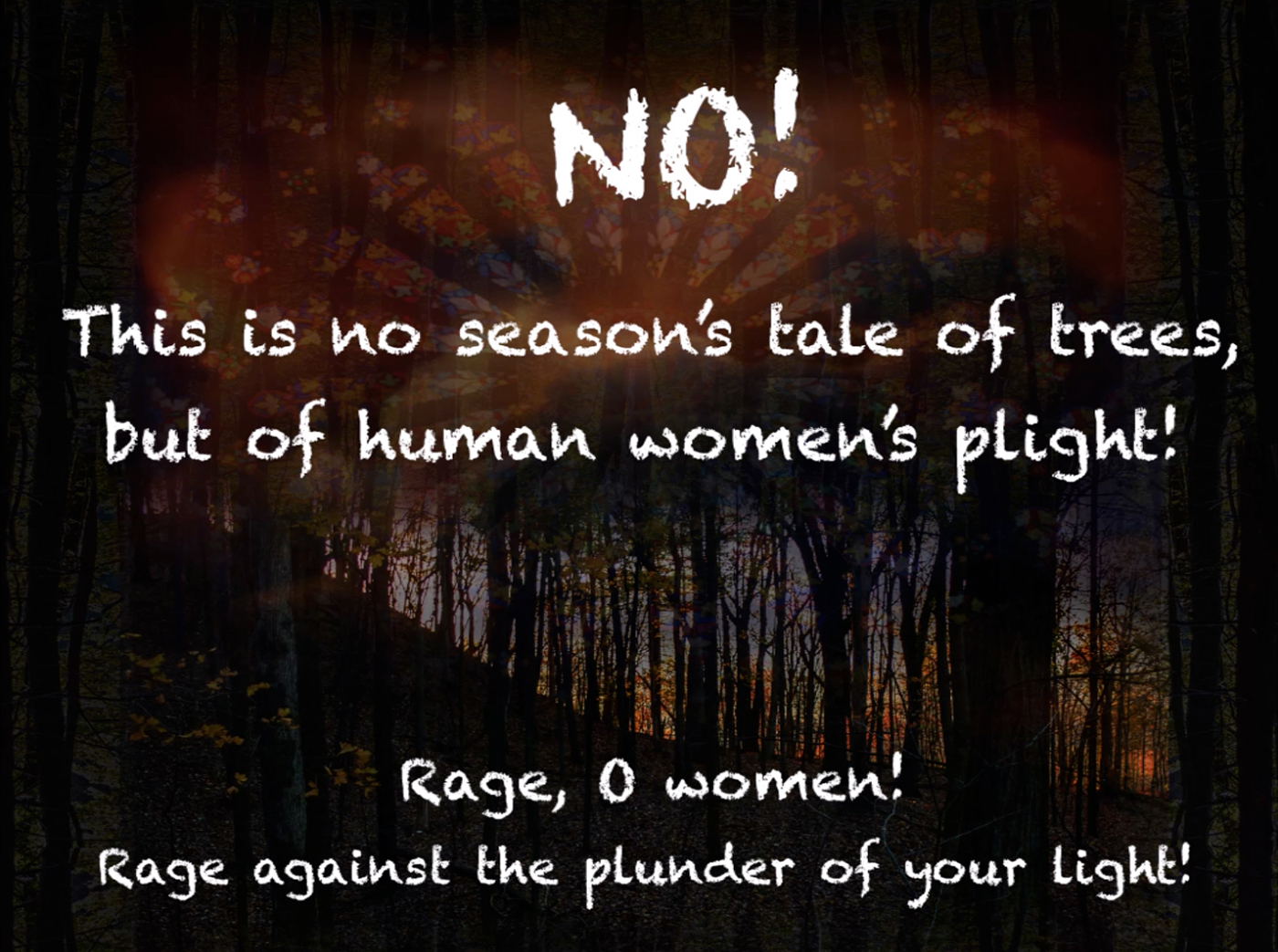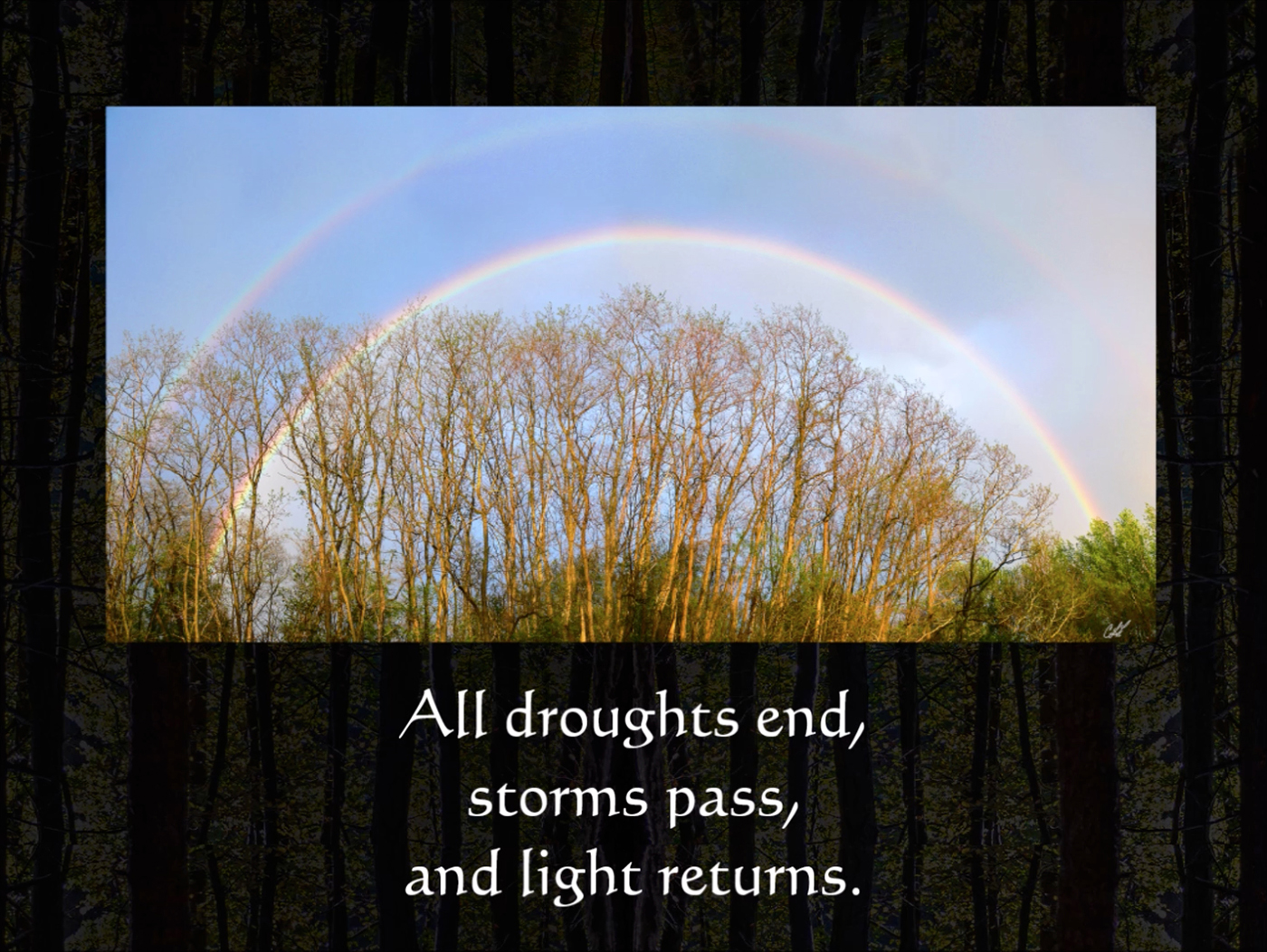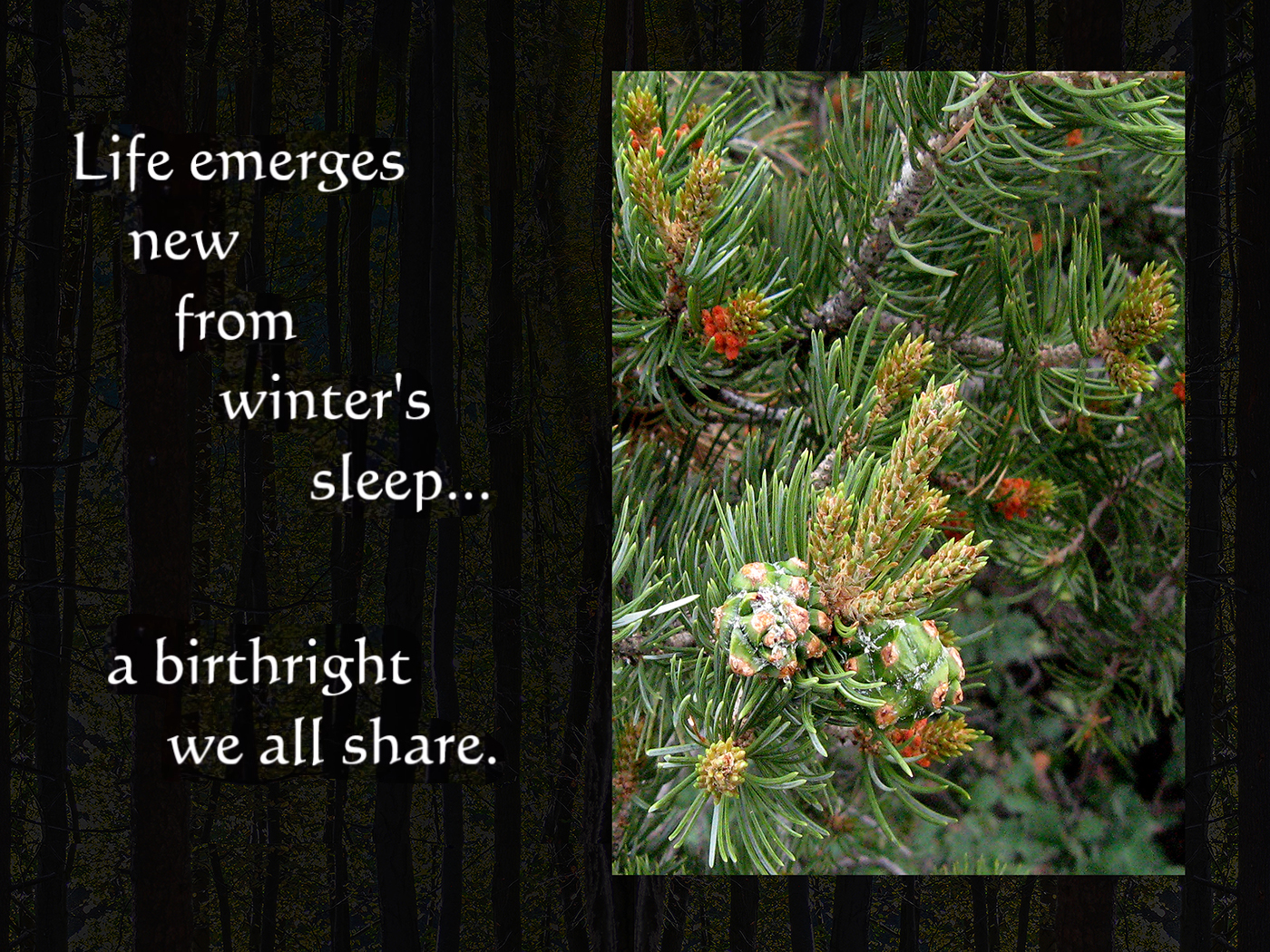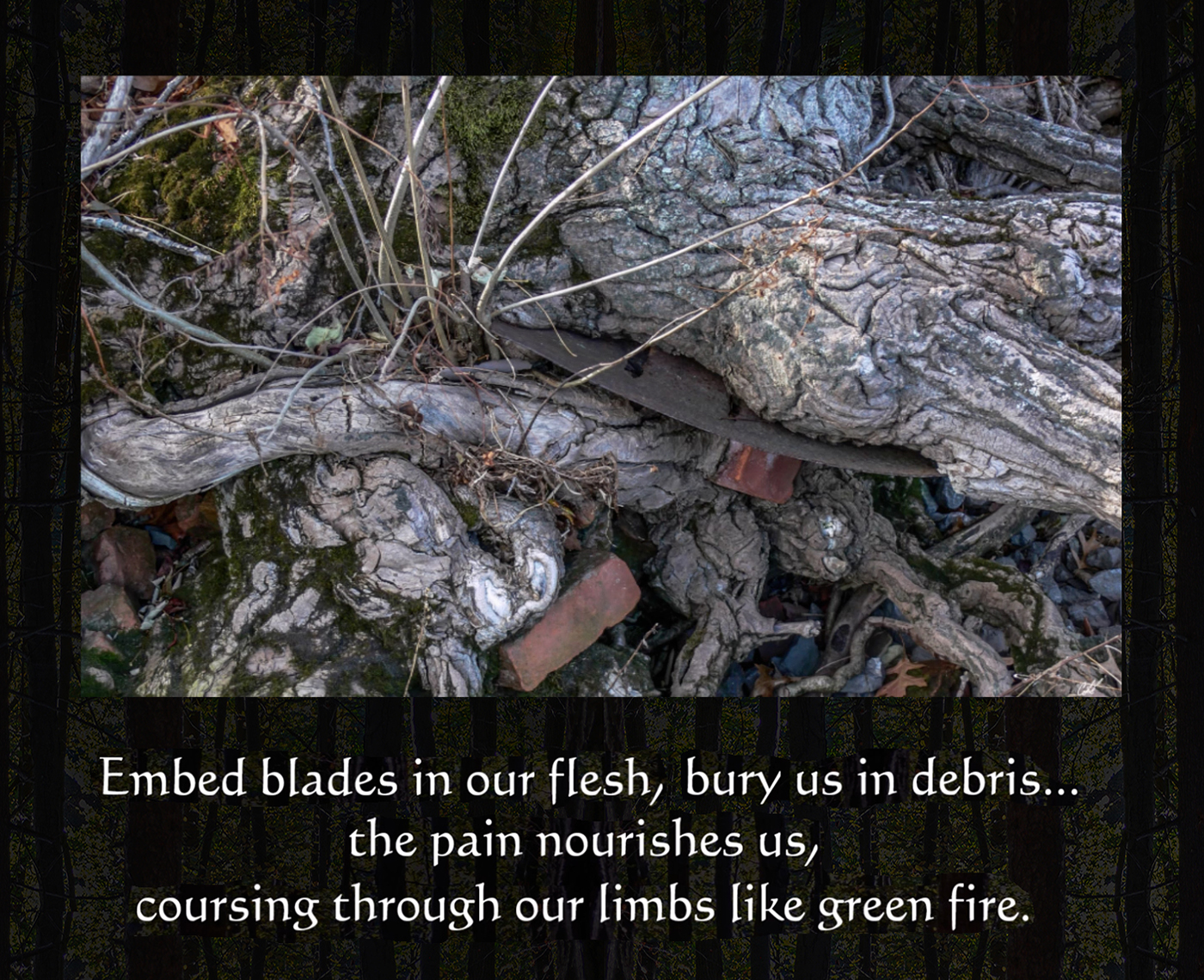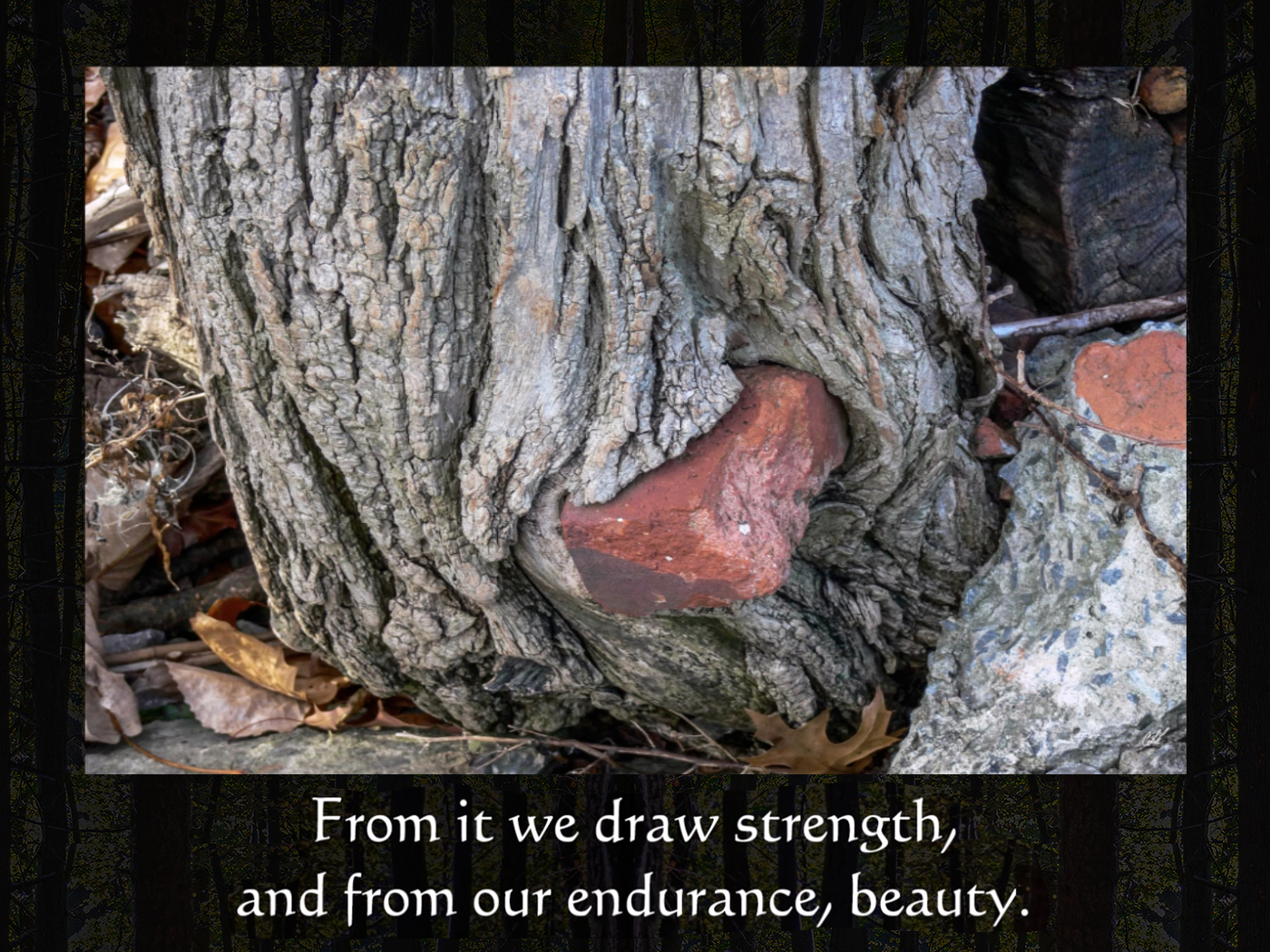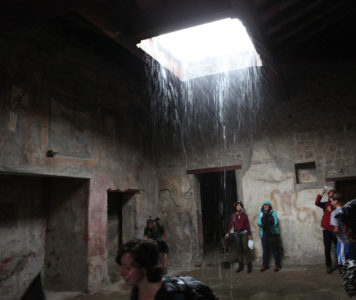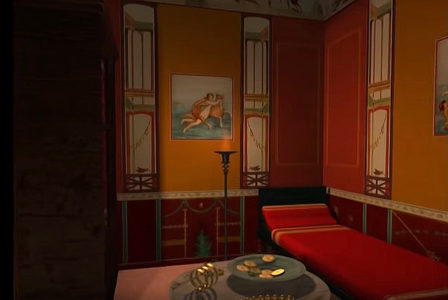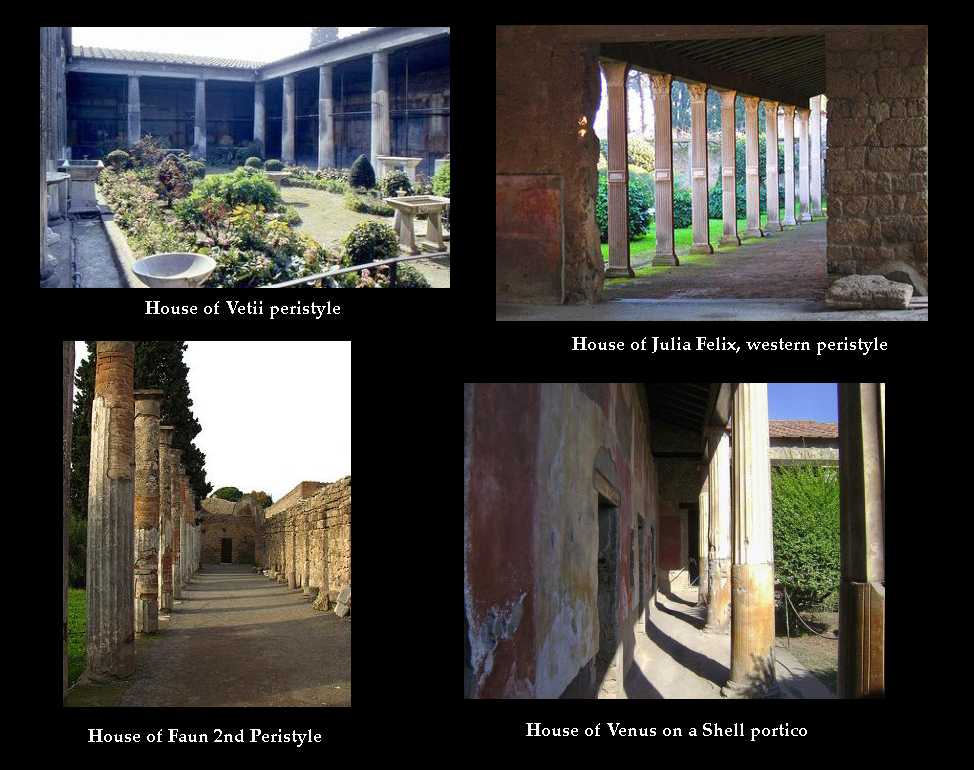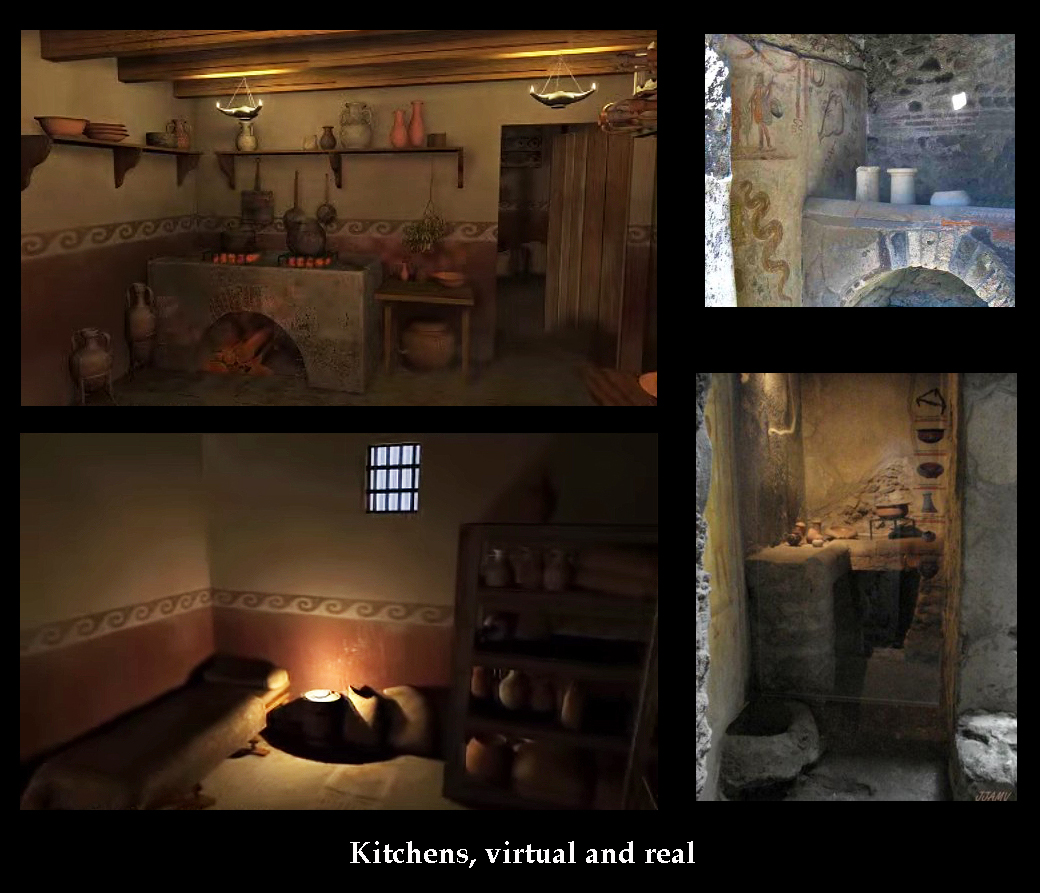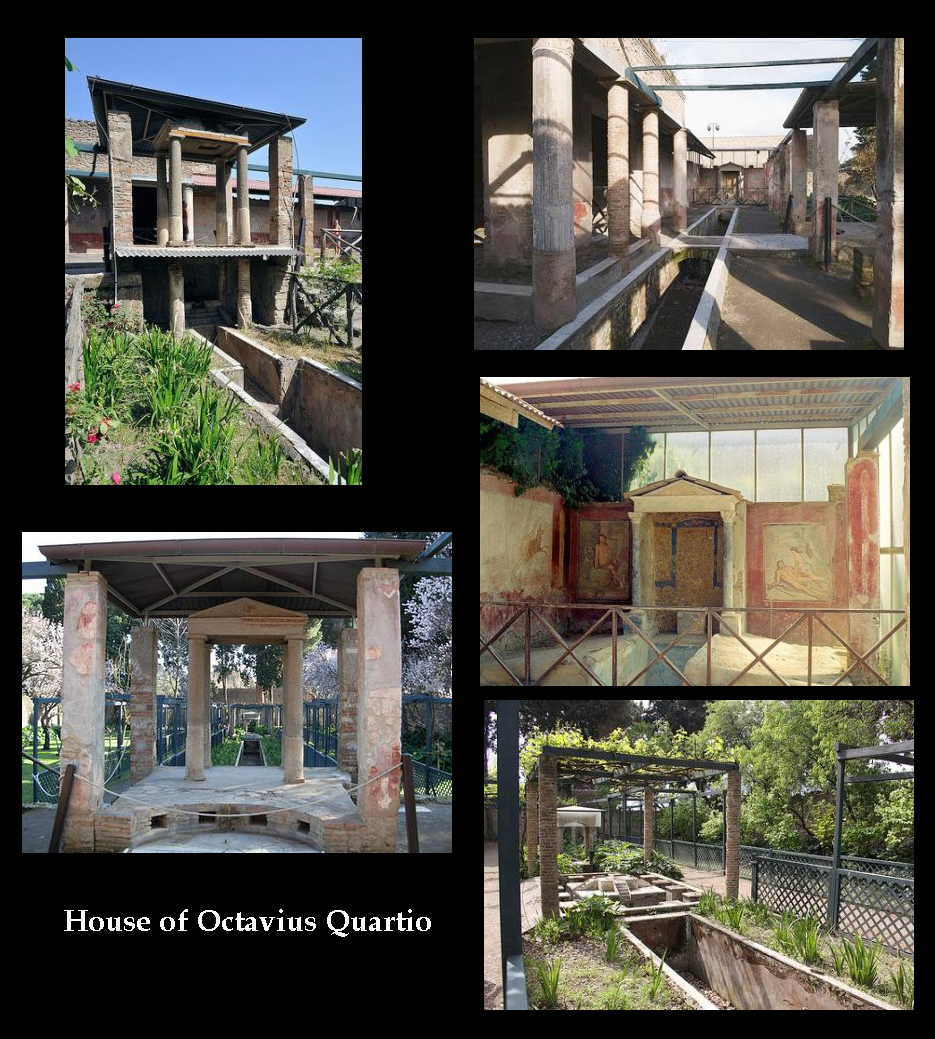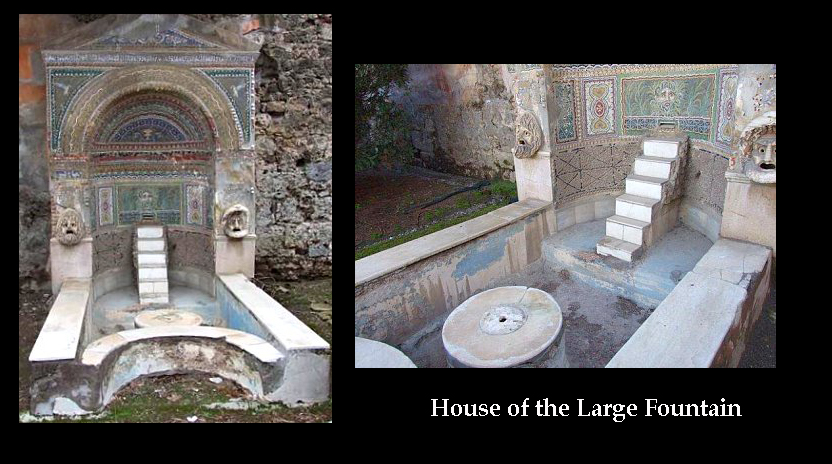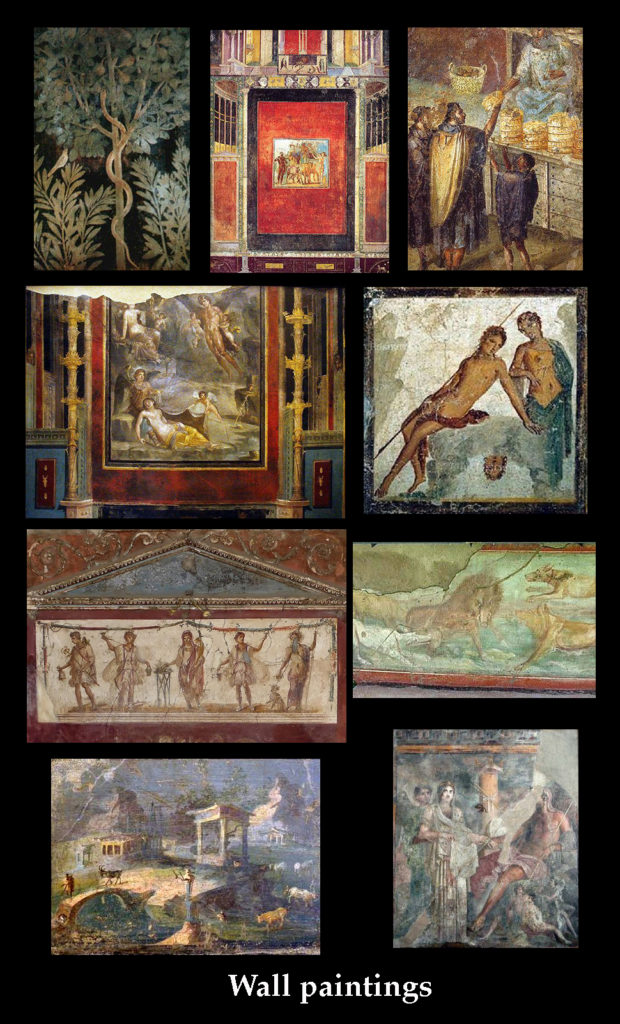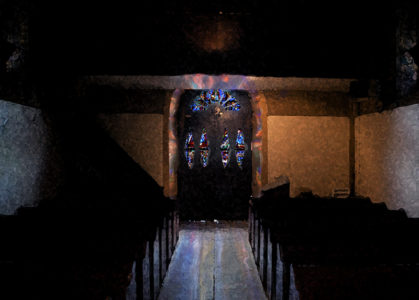Category Archives: culture
How Yeshua’s Cat Began
Lately I’ve been clearing out the clutter on my computer’s hard drive (my Mac is getting on in years and complaining about all the extra weight it’s carrying), and I came across this short essay I wrote in 2015. As far as I can tell, I never posted it anywhere. So for those of you who follow Yeshua’s Cats, here is another reflection on Mari’s beginnings . . .
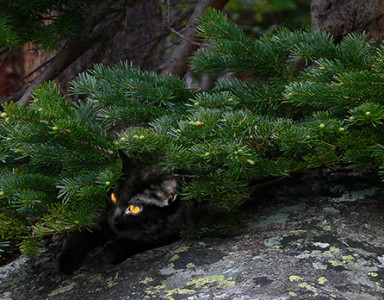
I remember the year I started writing The Gospel According to Yeshua’s Cat. I was working for a tiny non-profit whose prospects had just been obliterated by a catastrophic wildfire. The young cat who inspired the character of Yeshua’s cat had died as a consequence of the fire. My mother died a month after that. For months I spent my days climbing the burnt-out canyon slopes, measuring the severity of the burn in soil and trees, photographing the devastation, and assessing pockets of recovery.

In our battle against the land-owner’s determination to bring in salvage loggers (a battle we won), I dug tiny holes into the bark of every tree on our 2000 acres that still showed signs of life. The trees with healthy cambium layers I marked with green circles, exempting them from the loggers’ harvest–and, in the end, aggravating the loggers enough to cause them to back off, complaining that the profits weren’t worth their time without the living trees.

Even with our few hard-won victories, the stress took its toll on everyone. And no matter how hard we worked to support the land’s recovery, a non-profit foundation that relied on land-based workshops couldn’t survive on acreage that insurance companies saw as a treacherous ruin. We were forced to leave within the year.
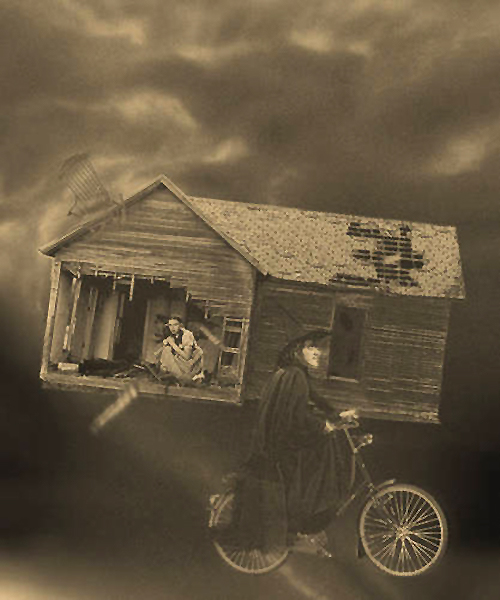
On Easter Sunday of that last year, almost nine months after the fire, I went out walking in the blackened forest—only a few days after the kind of heavy rain that can be almost as devastating to a burned landscape as the original fire. I first visited a favorite Ponderosa pine that the fire had seared into a gleaming skeleton. Strange how the beauty of a tree endures after death; it merely changes.
But what I remember most clearly from that Easter walk was an unexpected discovery in an eroded gully cutting down the canyon slope. Its chalky soil abraded away by torrents of ash and water, a now-vertical arroyo wall had been transformed into art. Like a sudden ripple of joy in a sullen stream of melancholy music, the graceful skeleton of a tiny prehistoric horse leapt out of the bank to canter at my side. I almost didn’t see her. Dead for thousands of years, and yet somehow alive again.
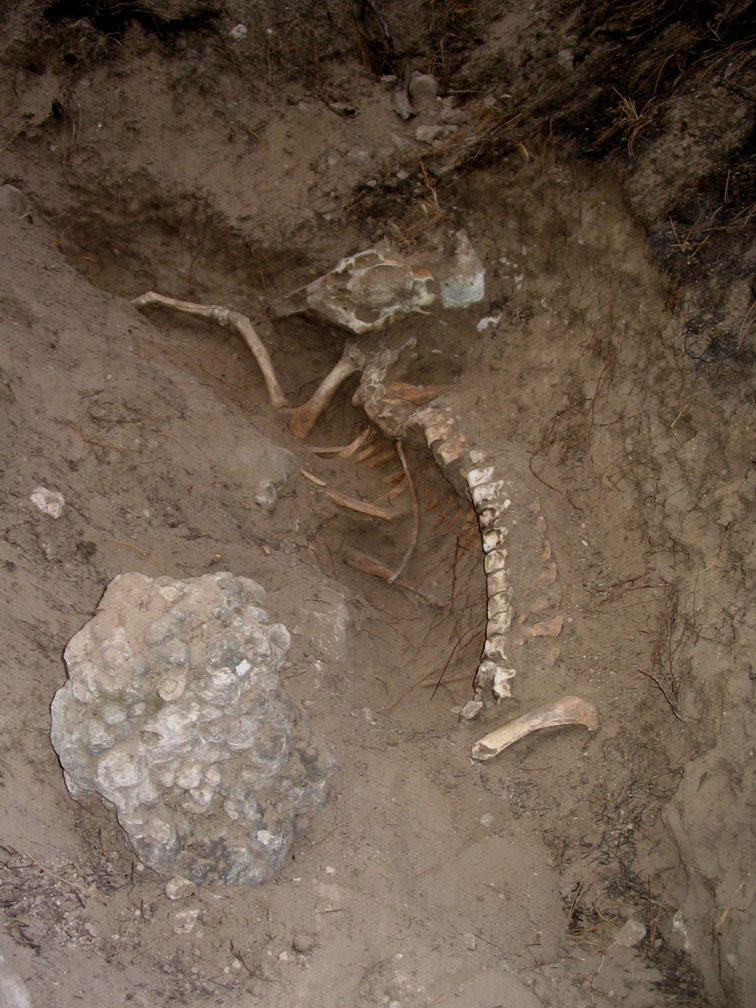
In a time when death seemed heaped upon death, the small skeleton might have been just one more death—but instead it felt like a gift, bringing with it wonder and hope. As Mari likes to say, it was a paradox.

Sometime in the next few days I wrote the words, “My name is Mari, a name given to me by the man they call Yeshua ben Yosef.”

If you count my PhD dissertation—and I do—then Yeshua’s Cat was my fourth book. I just never bothered to publish the others. Maybe I will some day, or maybe I’ll just publish with a pseudonym. Common wisdom decrees that an author shouldn’t change genres.
Postscript:
I did try using a pseudonym, but eventually I took my own name back. The Yeshua’s Cats ‘series of five books is now complete. My dissertation is available online at https://www.academia.edu/37357137/. The first of my three mysteries (This Madness of the Heart) was published a couple of years ago, and the second (Blood on Holy Ground) has just been released on Kindle. The third and last (Red Cliffs of Fall) is in the reviewers’ hands and will be will be out as soon as I can manage it. So keep an eye out!
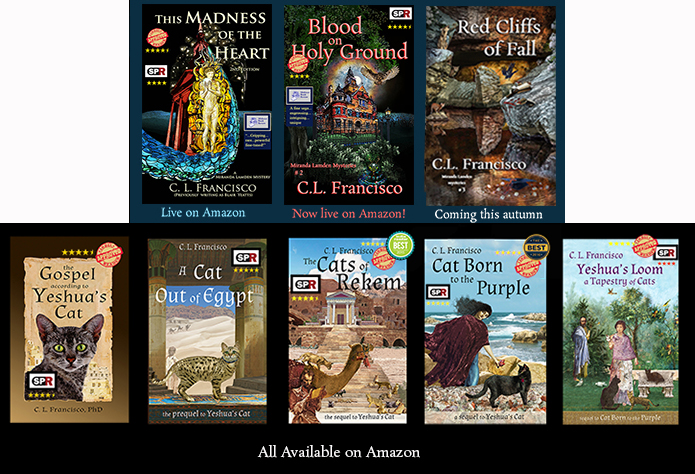
Watching Lewy body dementia move in
2nd in a series of posts about the author’s experience
of Lewy body dementia
“All I can tell you is that the train is coming. We can feel the vibration in the tracks and hear the rumble in the distance. I can’t tell you when it will arrive, how fast it’s traveling, or even what direction it’s coming from. But it’s coming.”
(My neurologist’s words after confirming a diagnosis of Lewy body dementia)

I always imagined it would be cancer; after all, cancer is the great leveler of our time. Lewy body dementia (LBD) came as a complete surprise, partly because I’d never heard of it—but then not many people have. Few support groups exist; few physicians are familiar with it. People say it lies somewhere between the Alzheimer’s acute dementia and Parkinson’s progressive motor dysfunction, but when my GP took an on-line LBD seminar, he came away with one conclusion offered by experts over and over again: “We don’t know.”

So I decided to try journaling from time to time, reflecting on my own experience of LBD. Maybe someone will find it helpful.

I noticed a slight mental slow-down in the fall of 2018, but my first real clue that something was wrong was when I started falling asleep without warning, almost as if I had narcolepsy. A sleep test showed me to be one of a very small percentage of people who physically act out dreams during REM sleep; normal folk are pretty much immobilized. Apparently REM sleep disorders are red flags for LBD, so neurological tests followed and confirmed its likelihood (84%). A higher degree of certainty would require an autopsy.
 Soon I noticed that words didn’t come to me when I tried to write. I got more dependent on the thesaurus. I couldn’t hold complex thoughts in my mind. Reluctantly, I retired from writing. Meanwhile, the sudden drops into sleep intensified. Short-term memory loss erased the books I read. Each book faded quietly into the LBD wallpaper within a few months. The old joke about people with dementia endlessly re-reading their favorite books is no joke.
Soon I noticed that words didn’t come to me when I tried to write. I got more dependent on the thesaurus. I couldn’t hold complex thoughts in my mind. Reluctantly, I retired from writing. Meanwhile, the sudden drops into sleep intensified. Short-term memory loss erased the books I read. Each book faded quietly into the LBD wallpaper within a few months. The old joke about people with dementia endlessly re-reading their favorite books is no joke.
Everything always seems to become more and more itself over time, and LBD is no exception. My memory loss continues apace. My balance and physical stamina have noticeably worsened, as have a variety of autonomic functions. But perhaps the most difficult thing about this strange disease is the sleepiness. Such an innocuous word, sleepiness. Along with its equally bland opposite: alertness. Boring, everyday words. Sleepy was something I used to associate with bedtime or tedious meetings. Alert was something I could access on demand.

But LBD has introduced me to a whole new order of not-alert. People talk about mental fog, or fug . . . this is a mental swamp, a bog, with hidden drop-offs into unconsciousness. I feel as if I walk through my days in a viscous pool. A port-a-bog! The day’s normal routine can’t penetrate it. I never wake up. It takes all my mental and physical strength just to stay afloat in daily life.

I’m deeply grateful for the drug modafinil: it takes some of the edge off. I’ve also found a few things that can offer temporary relief, at least for me:
- Compelling fiction: if the characters are skillfully drawn, the tension tight, the writing clear, and nothing too horrendously tragic happens, I can read and stay awake . . . as long as I don’t get too comfortable. My favorite authors are people like Ursula K. Le Guin, Lois McMaster Bujold, Laurie R. King, Robin Hobb, and Dorothy R. Sayers.
- Total absorption in creative tasks has been a lifeline—painting, drawing, and crafting. The trick here is that it has to be intensely absorbing and challenging. If it bores me, I fall asleep.
- Long walks in the woods have never failed me yet. No more than a few yards into the trees, my mind clears. Clarity and life wait there, as they always have. But when I return, low-lying clouds move in as soon as my feet hit the pavement. I also take photos when I walk . . . I just have trouble staying awake to edit them when I return home.
- Intense emotional encounters with others also penetrate the fog, but I can hardly schedule those, good or bad. They’re a kind of grace . . . and here I include awareness of the presence of Spirit/Deity/All That Is/God/ess, whatever word you choose. But since traditional prayer involves silence, quiet, and closed eyes, I tend to do my praying as I walk in the woods. That way I don’t fall asleep.
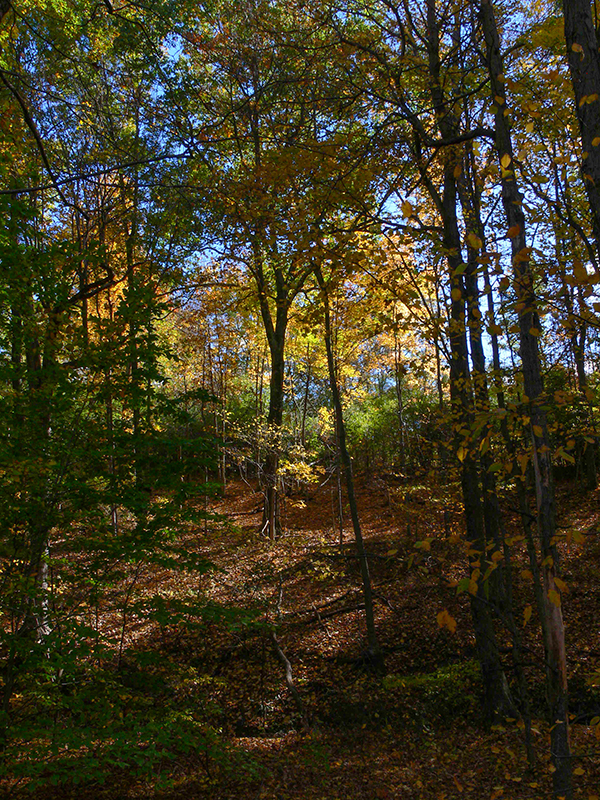
LBD is often characterized by hallucinations, usually visual ones. The dissolving boundary between normal reality and the Lewy bodies’ alternate reality is still in its early stages for me. I’ve had few actual hallucinations, but when I drop into episodes of sudden sleep, vivid dreams come immediately. Here I’m making a distinction between episodes of involuntary sleep and intentional, lying down sleep. The waking seems different, although that may just be the suddenness of awakening at my desk (by dropping something, falling over onto the keyboard, etc).
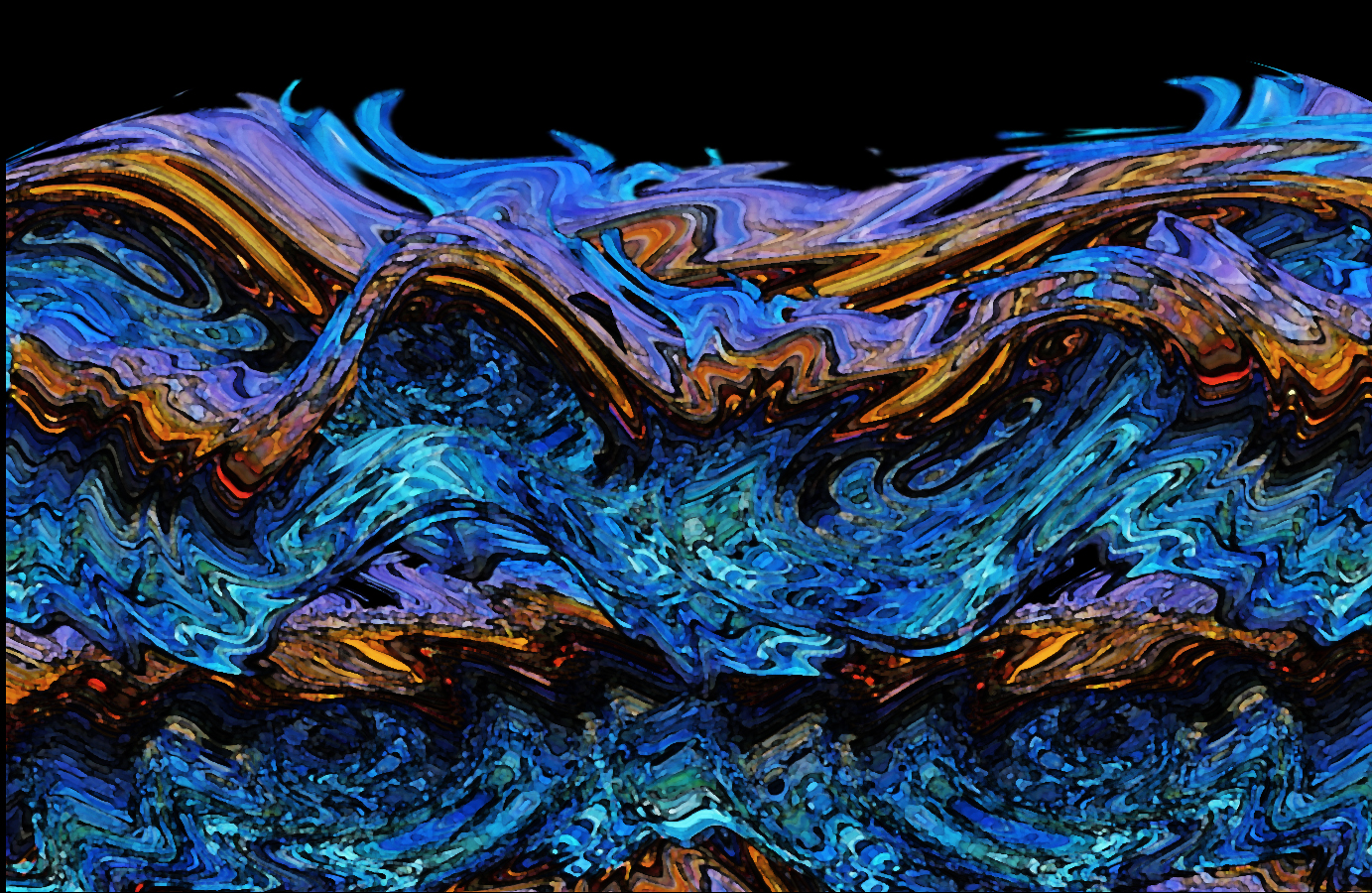
The intensity of these dreams and their extraordinary presence often result in serious disorientation when I wake up, far more intense than any awakening to a strange room. The best image I can offer is of a deep, swift-flowing river of color and emotion that runs alongside the more solid reality we think of as normal. It reminds me a bit of what I’ve read of the Aboriginal experience of the dreamtime. When I wake from it, I feel long moments of near-vertigo. I stagger between the two streams of consciousness until I can regain my balance in the here and now. Even so, my sense of self remains shaky. I’ll often get up from my desk and get something to eat to ground me in my body. Comfort food, literally.
It’s not such a long stretch to imagine myself disappearing into that tumbling chaos of color and never finding my way back. But as Wayne Oates, an old mentor of mine, used to say, “That’s a basket of summer fruit. It’ll come into season in its time. You can think about it then.”
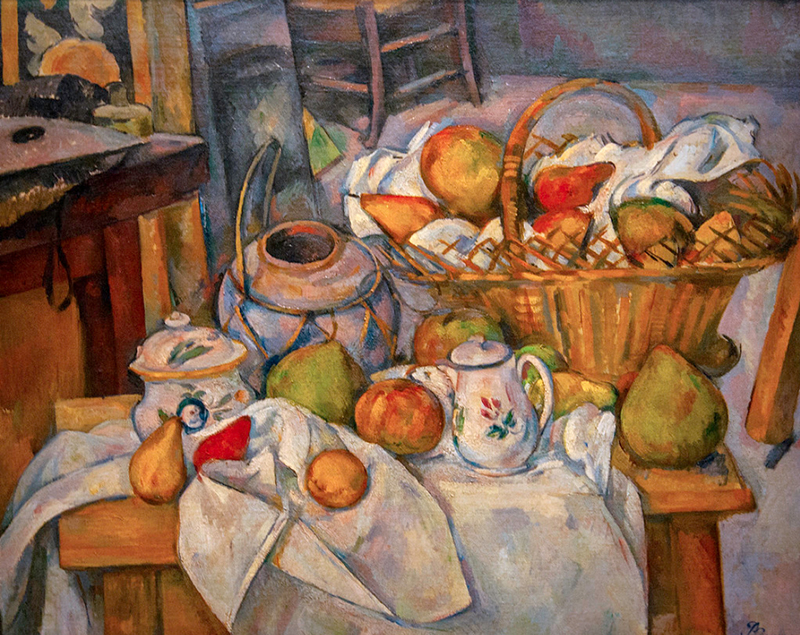
Moving Back into the Light
My apologies to you all for disappearing for so long! I’ve been battling a bizarre antibiotic-resistant infection picked up at a hospital last year, and have been unable to work for many months, but I’m slowly improving.
I’ve spend untold hours working on digital mosaics and computer busywork (since I haven’t had the wit to write), but at least I’ve accomplished one thing: I’ve finished transcribing my 1993 PhD dissertation and uploaded it to academia.edu. The title is:
Native American Shields, Old Symbols for a New Spiritual Quest in the Contemporary Women’s Movement
and if you’re interested, you can find it at:
https://www.academia.edu/37357137/
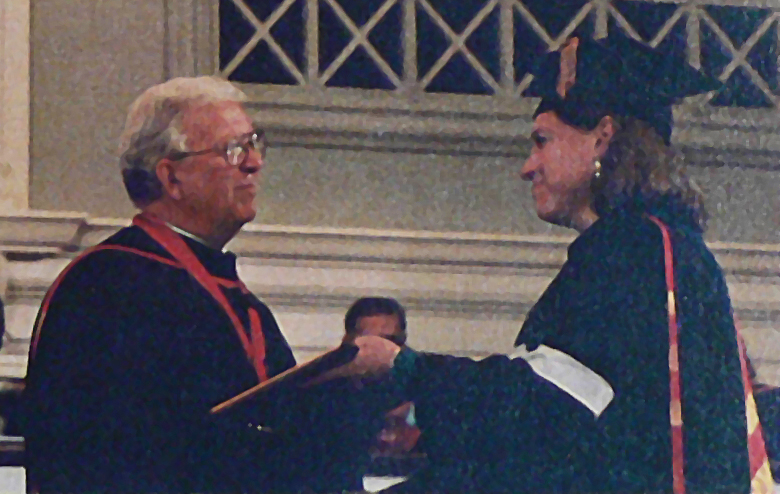
The dissertation was based on a summer’s on-site research with Euro-American women raised in the Church who were attending workshops on Native American spirituality–specifically to build shields. I interviewed 40 women about their reasons for leaving the Church and choosing a Native American spiritual path, using Marion Woodman’s revisions of Jungian psychology to analyze the interviews and shield images. Rosemary Radford Ruether and Meinrad Craighead provided critiques of the Church from within. I concluded with a my own Jungian critique of the Church–and suggestions for constructive change.
Although 25 years have passed, the issues are still current, as are the women’s responses to the pain they experienced in the Church. My own thoughts have grown and changed in the passing years, but I still find myself content to stand by what I wrote then. Below is an edited version of the dissertation’s final chapter. You can also find it here, where I’ve uploaded a number of the photos I took of the shield workshops (see drop-down menu under Native American Shields, above). Descriptions of the workshops are in the dissertation.
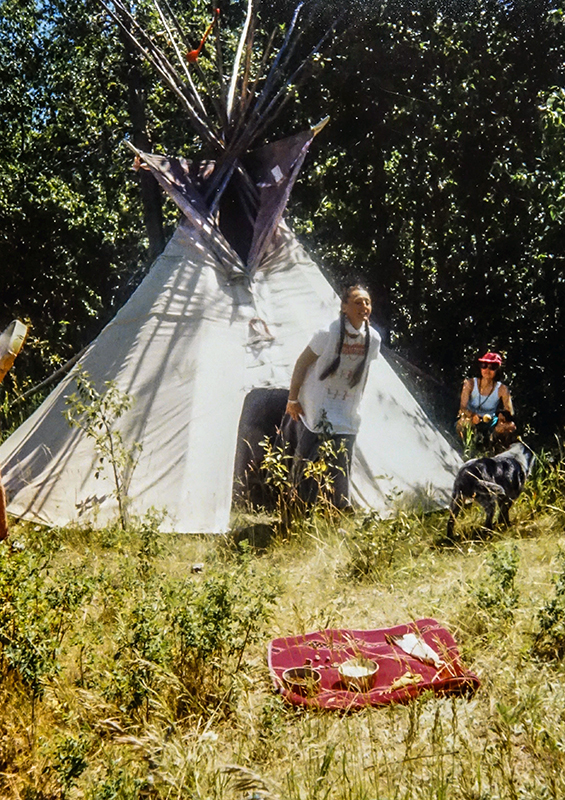
![]()
I dreamed I saw a giant tree, branches bare and cold, blown by the winds from place to place, rootless, tumbling across the plains. It stood precariously for a moment, and then fell with almost deliberate slowness, and in its fall it crushed beneath its branches the vast and delicate wings of a golden butterfly. As the butterfly died, its wings broke into brittle fragments and blew away like leaves in a winter wind. The great barren tree tumbled on, coming to rest at last, upright, supported by the strength of a living tree, caught and held by their intertwined branches.
Individuals are sometimes blessed with dreams that reach beyond the limits of their own lives into the heart of the reality that surrounds them. I believe the dream above to be such a gift. In it I felt as if I were seeing with the eyes of a woman like the one from my research, below, who experienced violence at the hands of the Church:
The Church kills dreams in women. It does it ruthlessly, without concern or love . . . Any woman who says she does not feel massive pain in this society and in the Church is living a lie, or she’s just burying it. It will surface, or it will kill her (“Leslie”).
The tree of my dream is a broken remnant of Meinrad Craighead’s “tree which lives at both ends.” The divine energy of the mind has been disconnected from the energy of the body, and the restless movement of masculine aggression has abandoned its roots in “God as mother of the entire fabric of creation.” The great barren institution of the Church rolls across the Earth, rootless, a truncated cross rather than a living tree, impersonal and uncaring in its destruction. Driven by the winds of arid masculinity, it crushes the fragile and beautiful butterfly of women’s hopes for transformation, scattering those hopes and women’s shattered lives to the winds, leaving women to search alone in the wilderness, without any visible paths, for the presence of the One in their lives.
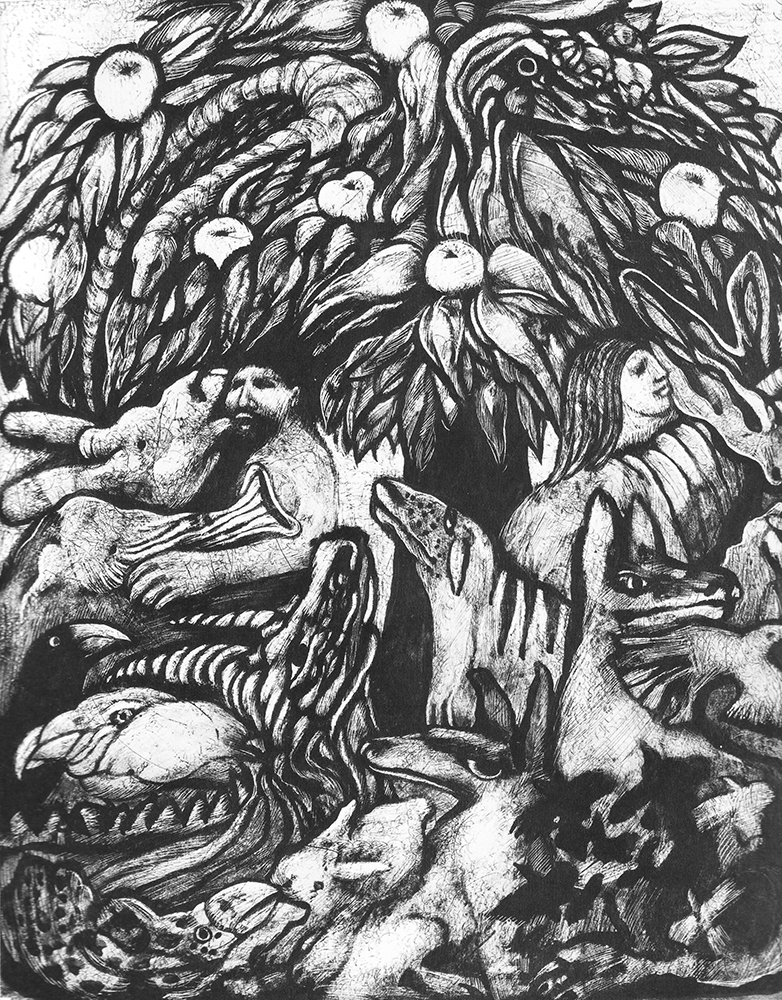
Although the dream scene is a wintry one, still it holds out hope for the spring. The rootless tree is caught and held upright by the strength of a second tree firmly rooted in the Earth, its branches locking the barren tree in a complex embrace, pressing the barren trunk into its own contact with the Earth. In the terms of the previous chapter’s discussion, the living tree could symbolize the living Church—the flowering Church—wherever it is found, as well as other living traditions, such as the Native American, which draw deep sustenance from the fertile, feminine Earth. The grafting of such Earth-affirming energies into its life embodies the strongest hope for the reflowering of the Church.
The two questions asked at the beginning of the previous chapter hang heavy in the silence of the dream. Can the Church affirm the balanced symbolization of the Holy in images and rituals that do reverence to both the feminine and the masculine? Can the Church affirm women’s unique insights into the central mystery of the Christ? The answers are not yet clear. As the women interviewed emphasized in their responses, the first necessary step is the recognition of fully realized feminine wholeness in the Church and in the nature of the One. Without the presence of this feminine wholeness—not the depotentiated feminine of Christian tradition—neither reconciliation with the Church’s lost women nor the healing of its own wounds can be found.
Women seeking religious meaning through Native American spirituality seek the same essential treasure: their feminine Beingness, the feminine God-image in their hearts. At this time the Church does not offer its women any reliable access to the specifically feminine matrix of life. Without a structured means of access to the feminine within the Church, most women who are able to articulate their need will simply drift away, as those interviewed for this research have done—embittered, shattered, grieving, relieved, or simply abandoning an irrelevant piece of history, as each woman’s experience may be. In many cases they will take Jesus with them, alive in their hearts, but no longer related to the structures of the Church. But until they are able to affirm their essential femininity, they cannot encounter him as the bridegroom, the creative masculine within, the self-sacrificing guide to the feminine face of the One. And unless the Church offers pathways to the feminine within its own doctrines, few of these women will seek the bridegroom there.
Although the Church has treasured up the most significant life-preserving mystery of the Western world, it faces the catastrophic possibility that the life may be draining away from its symbols more rapidly than the Church can apply remedies. Dissatisfied women represent a movement away from the Church that has its echoes in rapidly diversifying New Age phenomena, the emerging men’s movement, and deep ecology. People speak glibly of a contemporary paradigm shift, not realizing what such a shift might mean. If a paradigm shift is primarily away from old patterns of reality, without containing within itself the balanced fullness of a new paradigm, disaster could result. The abandonment of traditional religious structures without firm alternatives to replace them would, as Jung saw clearly, bring catastrophic chaos to society.
Unless the Church can open itself to re-experience the numinous heart of its message in symbols that speak to the needs of the contemporary age, then it cannot offer itself to the world as the living body of Christ. The urgent need of the industrialized West is for wholeness within and without: the balancing of masculine and feminine and the sacred marriage that leads to authentic encounter with the face of the One manifested within each human being and in the whole of embodied reality. In the death, burial, and resurrection of Jesus Christ, the Church has preserved this life-engendering mystery, but it has severed it from the Earth, and from the balanced wholeness of humanity’s most authentic experience of the Holy.
It is futile for the Church to try to respond constructively to critiques of its institutional structures without seeking to change the spiritual and psychological bases of those structural problems. Most of the respondents in my research could not conceive of a Church free of the destructiveness they had experienced within its walls. I believe this inability to imagine ecclesiastical change is rooted primarily in despair over the Church’s doctrinal bases, and only secondarily in pain resulting from its institutional abuses. If the Church were to address Christian women’s despair at its ultimate source—in patriarchal formulations of the nature of deity and women’s insignificance in that masculine equation—the abuses could be transformed through a natural process of growth. Embrace of the feminine matrix of life could move in organic procession toward reverence for the embodied cosmos and awareness of its participation in the Holy.

Like Meinrad Craighead, each Christian woman who confronts her pain and chooses to remain in the Church faces a long and lonely struggle for possession of her soul. In a recent letter, one respondent still struggling to stay in the Church wrote the following:
I still believe in the Church, but I see my sister clergywomen worn down by carrying the pain of the churches and their own pain, and that of their sisters in the pews. I watch knowing that I will not go back until I can see a way to work in the middle of that pain . . . . I feel like the support and teachers I need are out there (based in other traditions], and that eventually I will find enough of a vision to reenter parish ministry (“Elizabeth”).
Singly, in small groups, and sometimes in community, such women are spinning strong and supple anchors for a new web of wholeness. Each weaves her own experiences into those of her sisters, connecting hopes and personal symbols into the outer ring of a spreading web, working steadily inward toward the center, in spite of personal storms and human destructiveness.
For a woman who has birthed a shield, that center may be held by the power of her shield’s vision, a reminder of a beckoning presence encountered in the wilderness or within her own soul. A shield captures a vision of wholeness, sometimes with the fullness of the masculine complementarity, sometimes emphasizing the feminine alone. Like any true symbol, a shield that touches a woman’s depths will continue to draw her in, pulling her forward toward the Self as long as she remains creatively engaged with her journey to the center it symbolizes.
Jungian psychology bids a woman turn inward to listen to the voice of her deepest Self, and, having heard, to manifest her experience in the physical world, through writing, artistic production, or dance. Native American wisdom pushes a woman out into the created world to experience the call of the One and to bring that encounter to physical expression through song, dance, ritual movement, and the creation of spiritually significant ritual objects. Native America meets Jungian psychology at the center of the mandala, at the midpoint of the flowering cross of Christ, where spirit incarnates in flesh, and flesh embodies spirit.

http://www.meinradcraighead.com/
The Church must rediscover its true center in the ecstasy of immanence as well as transcendence if it is to embody the mystery of incarnation for the world. Women seeking participatory ritual in worship are reaching out with a true human instinct for experience of the wholeness of the One. The danger confronting them is that without the structured guidelines of proven traditional paths, they may fall into fascination with the psychic numinosity of destructive complexes—rather than with the creative pull of the Self.
Traditionally, the mysteries of the Church have facilitated experience of the One through such proven paths; however, the patriarchal bias of those mysteries has distorted human reality to such an extent that a critical mass of spiritual anguish has been achieved in the contemporary Western world. The paradigm is shifting, whether we will it or not. As the old consensus dissolves and social fabric unravels, American society is being split by those straining to cover themselves with the tatters of receding traditions and by those eager to push ahead into new revelation.
This split characterizes the contemporary American Church just as it characterized Mediterranean religious expression in the New Testament period. The cross of Christ, however, in its paradoxical fullness, fully supports neither of these opposing energies: it offers a point of reconciliation at its heart. It preserves the Law down to the last jot and tittle, while demanding new wineskins for the new wine of the Creative Spirit. It introduces a sword of separation into the most intimate fellowship, but draws all humanity to itself in love. It marks the intersection of proven and reliable old roads of tradition with the ongoing creative paths of the One, who is eternally making all things new. The essence of Christ’s message for the world is found in the paradoxical presence of both ancient wisdom and newness of life born from his passion and resurrection. The yoke of Christ to which the Church is called is a double one, harnessing polar opposites in creative tension: immanence with transcendence, masculine with feminine, flesh with spirit, light with dark, death with life.
As I opened my sacred circle to the surrounding forest at the completion of the vision quest that birthed the concluding chapters of this dissertation, the setting sun created a glowing shield from a previously unseen spider’s web. The hoop of the web was perfect in its roundness. The dying shaft of light that turned the web to flame illuminated only a few radiating strands, etching a golden cross against the shadowed trees, a cross that reached its arms out to touch the web’s circle at the four points of the medicine wheel. The web only glowed for a moment before the shaft of light was lost among the shadows, but it burned its image into my heart as a symbol of the longed-for wholeness of all visible and invisible being: the cross of Christ woven into the luminous heart of Creation.
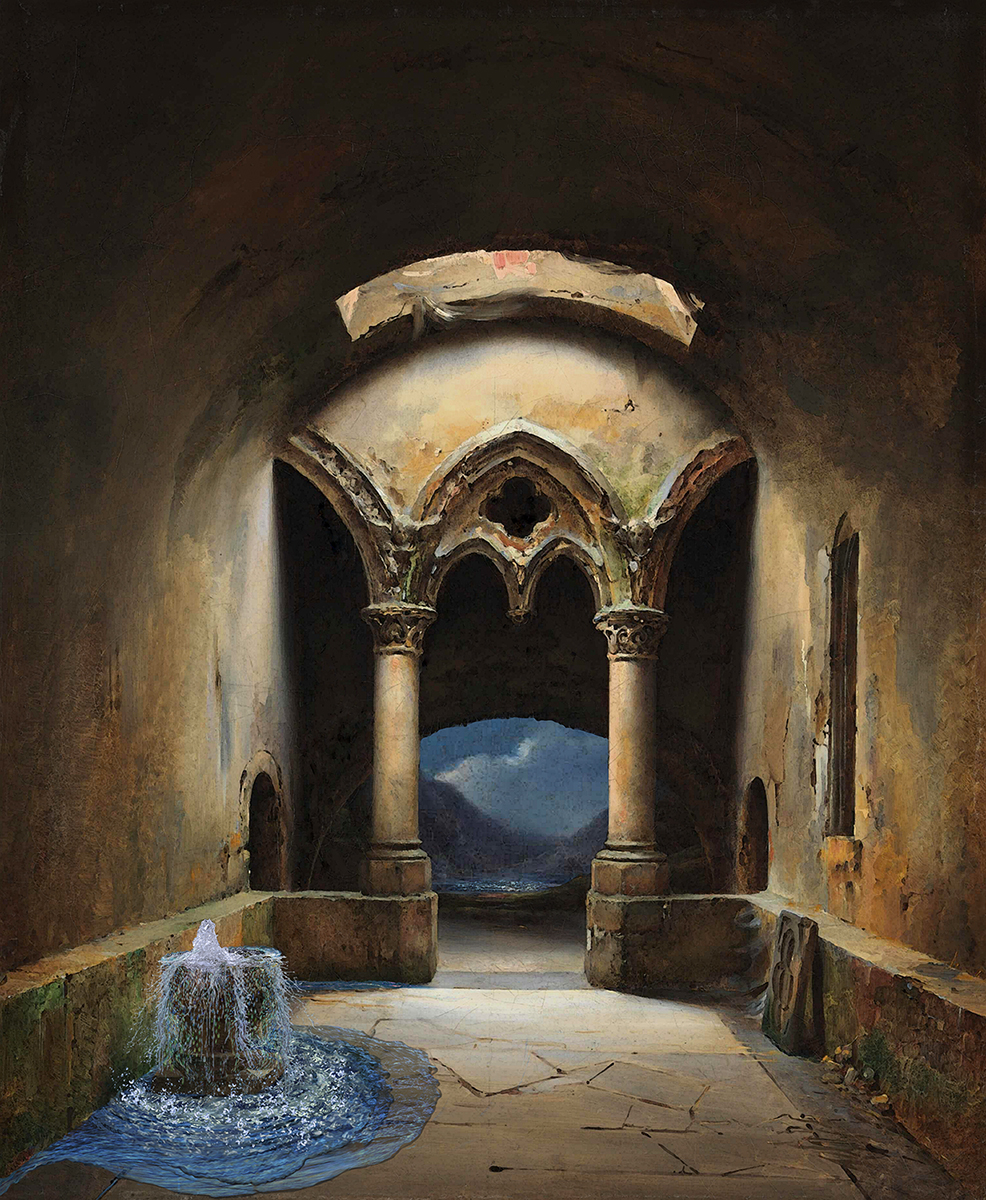
An Easter Photo Journal
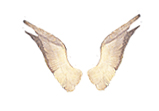
Is Christian faith fading into its own shadow?
Her wisdom drifting in the wind like winter leaves?
Springs of once life-giving faith lie blocked with rubble.
Abandoned churches loom over urban wastelands,
the glory of stained glass a relic of our dead past.
Nothing ingenious or new here.
Hardly au courant.
Yet didn’t Israel’s God once speak though Isaiah, saying,
“Look, I am doing a new thing! Can you not see it?”
A Creator doesn’t stop creating
any more than a writer stops writing
or an artist abandons her muse.
Perhaps we’re looking in the wrong places.
This Easter I’ve chosen to look in derelict buildings,
where even decay flowers into hope
and fleeting glimpses of beauty strike fire in my soul.
Take the time to look with me.
Meditate on Easter’s presence
in the down-trodden corners of our troubled world.

Thursday: Day Darkens

Friday: Night Falls

Saturday: The Mourners

Sunday: Life Returns
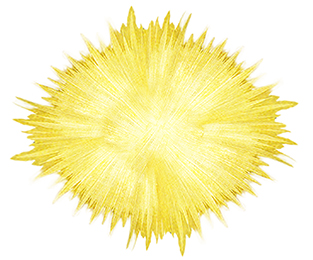

A blessed Easter to you all!
A Christmas Prayer
A Season of Hope

I’ve just released my first ever YouTube video, in response to what I see as part of America’s growing crisis of compassion: the appalling attacks made by Christians and non-Christians alike on the women and men brave enough to speak out of their own pain to try to halt the silent juggernaut of sexual abuse in our culture. The video is called Women’s Abuse Through a Forest Lens: #Metoo in the Voice of Trees. You can see it here. It speaks of sexual abuse as a tree might speak of human assaults on forests.
I chose to get involved with this divisive issue because it’s where I live: I’ve carried the scars of childhood sexual abuse through most of my life . . . although I’ve never spoken of it publicly before–partly because it’s intensely personal, and partly because of the kind of vilification sure to be aimed at those who do speak out.


How can it be that the old cliches still endure? She must have asked for it . . . it must be her fault . . . she tempted him . . . You know the words, although I hope you’ve never spoken them. How could people believe that human beings, male or female, would join their voices to the #metoo movement and invite such slander without cause?
No, the cause is there. It’s the scarlet elephant in the drawing room, the unspeakable secret, the sin shrouded in silence. It’s the enduring pain in the lives of men and women who’ve been sexually abused–pain as agonizing as any physical illness, and as destructive.
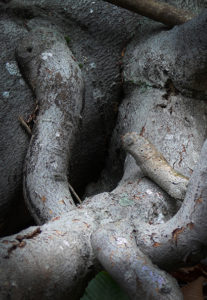
One piece of bedrock wisdom offered to people healing from sexual abuse is to bring their memories into the light and speak them aloud, refusing to accept the shame abusers ladle out to silence them. The voices flooding our media from #metoo are doing just that: coming into the light and speaking their truth. Why are the nation’s Christians not standing with them? “There is nothing hidden that will not be disclosed, and nothing concealed that will not be brought out into the open . . .” Even now light is shining into a place of cruel darkness. Why do we not join our light to theirs?
I’m sure that the #metoo phenomenon has its fakes and charlatans, but “babies” and “baths” come to mind here. More damning to me are the Christian voices that admit abuse is a reality but dismiss its importance. In their eyes we who suffer from such things are Other (lesser) humans: women, children, LGBT, non-white, poor. We don’t matter.
But even if we don’t matter to many of America’s powerful, we matter to the One Creator. We are among “the least of these” who look to our leaders with hope, and whose well-being the living Christ counts as his own.

You can see the images from Through a Forest Lens below. The video is posted on YouTube.
No posts for the last few weeks due to illness
The Houses of Pompeii

My favorite thing about beginning a new book is all the new research required. It’s like being turned loose in an exotic new universe with an unlimited railpass–but, unfortunately, no maps. The internet can be as irritating as a poorly drawn subway map with half the lines left out or mislabeled, but once I stumble onto the right line, I hardly stop to eat or sleep! If I didn’t go half blind and start hitting dead ends and duplications I might never stop to write. I share T. H. White’s feelings about learning:
“The best thing for being sad,” replied Merlin, beginning to puff and blow, “is to learn something. That’s the only thing that never fails. You may grow old and trembling in your anatomies, you may lie awake at night listening to the disorder of your veins, you may miss your only love, you may see the world about you devastated by evil lunatics, or know your honour trampled in the sewers of baser minds. There is only one thing for it then — to learn. Learn why the world wags and what wags it. That is the only thing which the mind can never exhaust, never alienate, never be tortured by, never fear or distrust, and never dream of regretting.”
― T.H. White, The Once and Future King
Among the many things I’ve explored in my research for the 5th Yeshua’s Cats’ book, the details of Pompeii’s houses may be the most intriguing–perhaps because I knew absolutely nothing about Roman houses! So, on the chance that you may find the subject engaging too, I thought I’d do a post about them.
Here is the clearest plan I could find of the basic Roman house, or domus. Unfortunately, although it comes from Wikipedia, the original source is not given. A more detailed description of the separate rooms is available here.
The difference between an moderately wealthy city house and the seaside villas of the obscenely wealthy is clear from the plans below (Villa of Mysteries and moderate city house).
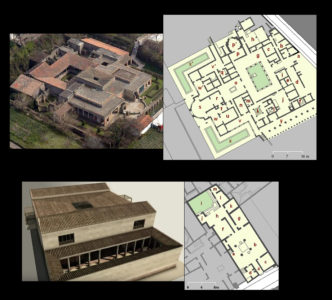 Most Roman houses–modest or palatial–were lined up on a visual axis from the main entrance, through the large public room, or atrium, and eventually out through the courtyard and garden. If you look at the house plan above, you can see this. The view below, of the House of Menander, is typical of a wealthy home. The photo was taken near the entrance, looking through the tablinum, toward the courtyard.
Most Roman houses–modest or palatial–were lined up on a visual axis from the main entrance, through the large public room, or atrium, and eventually out through the courtyard and garden. If you look at the house plan above, you can see this. The view below, of the House of Menander, is typical of a wealthy home. The photo was taken near the entrance, looking through the tablinum, toward the courtyard.
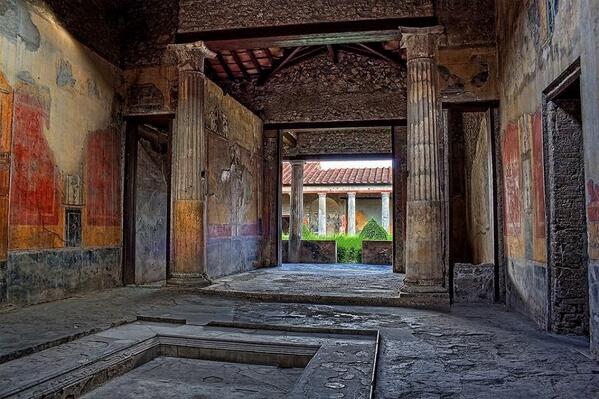 Apart from ventilation, this axis seems intended to give visitors the most impressive view possible of a home when they first entered. After all, status and wealth made the Roman world go round. In the words of the mosaic in the entryway of the merchant’s house below, SALVE LVCRVM, “Welcome (hail) profit!”
Apart from ventilation, this axis seems intended to give visitors the most impressive view possible of a home when they first entered. After all, status and wealth made the Roman world go round. In the words of the mosaic in the entryway of the merchant’s house below, SALVE LVCRVM, “Welcome (hail) profit!”
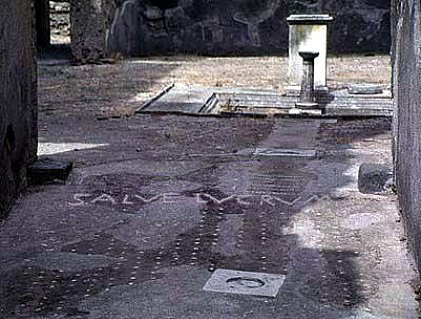
If you refer to the house plan above you can follow me as I explore the layout, with examples of the different types of rooms found in Pompeii. BTW, most photos, if not labeled otherwise, came from an amazingly helpful site on Pompeii, https://sites.google.com/site/ad79eruption/pompeii/
Entryway
![]()

Even the wealthiest homes in Pompeii opened directly onto the street and shared walls with the houses on each side–unless the owners were wealthy enough to own the entire city block (insula). A back entrance for servants and tradespeople usually opened off a narrow corridor on the side or rear. The street front of the Menander House (above) was slightly set back from the sidewalk by a raised bench, possibly for people to sit upon while waiting to see the master of the house. The metal gate is positioned where the wooden door stood.
Once inside the house, the visitor finds herself in an entry hall called the fauces, #2 on the plan. The fauces below leads into the House of the Ceii. Like almost all the houses in Pompeii, the walls were frescoed in fairly standard styles. Archaeologists now classify early Roman wall paintings as Pompeiian styles 1-4. The style below is #4. If you look at the plan, you can see that the fauces runs between shops that open onto the street.
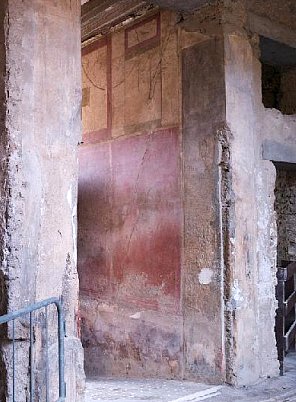
Atrium
![]()
At the inner end of the narrow fauces the visitor emerges into the large main room, or atrium. Most atria had openings in the center ceiling to let in light and collect water for the cisterns, which were buried in the floor. The opening in the ceiling was called the compluvium. The pool that collected the water below and drained it into the cisterns was the impluvium. You can see both clearly in the photo below from the House of the Lararium. Also below is a cut-away diagram showing the location of the cistern, and a closeup of rain spouts from the House of Casca Longus.
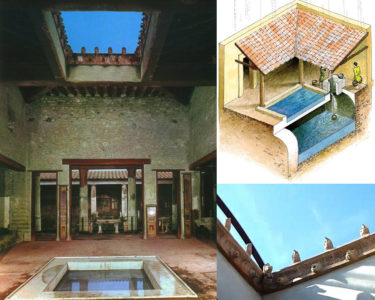 From the look of the modern photo below by Roger Ulrich, the atrium isn’t an ideal place to sit on a rainy day! I assume that the rain spouts and guttering in the diagram following would have prevented such drenching rain-spatter.
From the look of the modern photo below by Roger Ulrich, the atrium isn’t an ideal place to sit on a rainy day! I assume that the rain spouts and guttering in the diagram following would have prevented such drenching rain-spatter.
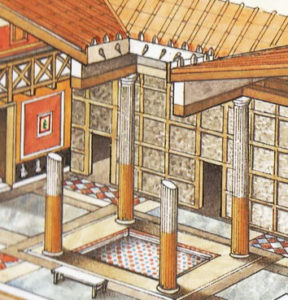 The atrium was the main public room of the house, and opened onto a room called the tablinum, where the master of the house did business and kept accounts. The tablinum was at least partially open on both the front and back sides to allow for airflow, light, and a clear view into the colonnade and garden. Draperies provided privacy when necessary. Below is Lund University’s virtual image of the tablinum (right) in the House of the Ceii, with the typical hallway or andron on the side (left). An identical andron ran along each side of the tablinum.
The atrium was the main public room of the house, and opened onto a room called the tablinum, where the master of the house did business and kept accounts. The tablinum was at least partially open on both the front and back sides to allow for airflow, light, and a clear view into the colonnade and garden. Draperies provided privacy when necessary. Below is Lund University’s virtual image of the tablinum (right) in the House of the Ceii, with the typical hallway or andron on the side (left). An identical andron ran along each side of the tablinum.

Often in Pompeii the rooms directly on the street were rented out to businesses, or used as shopfronts by the family living in the house. If they were rented shops, there was no access to the house itself. As shown on the house plan, these rooms were called tabernae. They could be rented apartments, living quarters for family servants, storerooms, or shops. As shops,they were often thermopolia, or cafes (below), where hot and cold food was served from deep dishes set into marble counters. Businesses like bakeries and laundries usually occupied whole buildings. Craftsmen used such rooms for selling their own goods, while using the house behind as their home and shop.
 Atria sometimes had an open alcove to one side, perhaps where guests might be seated, called an ala, (#10 in the domus plan above). The photo of the atrium in the House of the Vetti (below) shows an ala on the left. The entrance is to the right.
Atria sometimes had an open alcove to one side, perhaps where guests might be seated, called an ala, (#10 in the domus plan above). The photo of the atrium in the House of the Vetti (below) shows an ala on the left. The entrance is to the right.

Atria also commonly housed household shrines (lararia) as well as elaborate strongboxes intended to demonstrate the family’s wealth. (below)
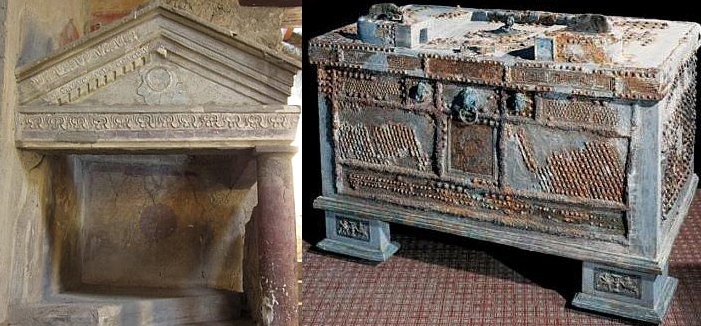
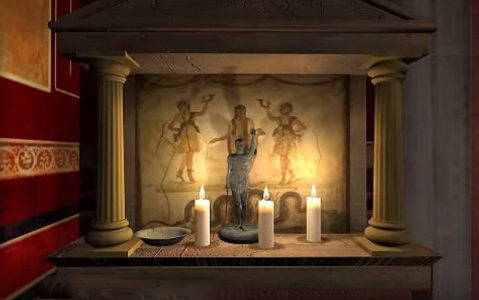
Cubiculae
![]()
The small closed rooms called cubiculae on each side of the atrium are bedrooms, either for guests or family. The House of the Orchards had two bedrooms lavished painted with gardens (below). Bedrooms were also located upstairs, and sometimes opened off the courtyards.
Bedrooms rarely had windows. For that matter, neither did the rest of the rooms in the house. Except for rare windows in rooms facing into the peristyle, the only windows in Pompeiian houses tended to be tiny and set high up on the walls. The exception to this rule were in very wealthy homes on the coast itself, where windows with sea views might be found in any room of the house.
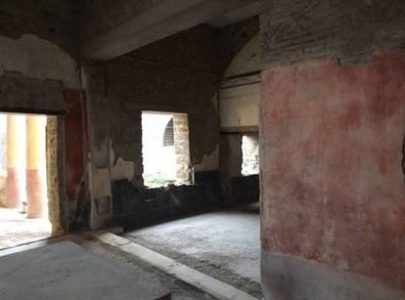
Of all the cultural differences between ancient Roman houses and modern American ones, the thing that surprised me most was the placement of family bedrooms around the main room in the house–the one most frequently visited by strangers. Although this arrangement was the result of older housing patterns built around a courtyard as a common living space, nothing else quite communicated to me the vast difference between “personal space” or privacy as I understand it and the ancient Roman one. 
Here is a virtual reconstruction of a bedroom from the House of the Tragic Poet:
Peristyle
![]()
Immediately past the atrium and the tablinum with their adjoining rooms, was the courtyard, or peristyle, a colonnaded garden space with rooms around its side. Larger, wealthier homes often had more than one courtyard, as well as a large open garden. The rooms around the peristyle were usually used for dining and entertaining: the triclinia, or dining chambers, and the excedra, or banqueting room. Wealthy homes often had several triclinia. The kitchen (culina, #12), latrines, and baths (in very wealthy homes) were in this back area as well. Oddly enough, the latrines were often located in a corner of the kitchen, perhaps because of the easy access to water.

Upper Floors, Fountains, Paintings, and Mosaics
![]()
Because most of the upper floors of Pompeii’s houses were destroyed, piecing together a lifestyle that includes them has been difficult. A few still stand, and virtual reconstructions have been attempted:
The multiple stories of some cliff-side villas withstood the eruption better– for instance, the House of the Relief of Telephus at Herculaneum:
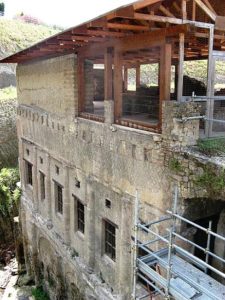
The larger mansions often had multiple pools and fountains in the peristyles and gardens. One house in particular, the House of Octavius Quartio, has an extravagant series of fountains and canals. The House of the Large Fountain has a particularly fine fountain (below).
Below is a selection of Pompeiian wall paintings and mosaics. I hope you’ve enjoyed your tour!
Miranda Lamden’s Mysteries and Yeshua’s Cats Together!
I’ve been thinking a lot about how This Madness of the Heart (and all the following Miranda Lamden Mysteries) fit together with my Yeshua’s Cats series–and why I feel certain the two series can coexist as books by the same author. But since my reasons are more feelings and instincts than logic, I’ve had trouble putting them into words.
So I did what I often do when I need to make sense of something: I created a piece of art (below). After all, what good is an art therapy degree if you can’t use it to clarify your own confusion? If I’m lucky, by explaining the image I’ll be opening up what lies behind it!

So, what are you looking at here?
First, I chose a Hubble image for the background: “Interacting Spiral Galaxies” . . . surely ideal for this project, since galaxies don’t often interact–anymore than churchfolk and professor-sleuths! It felt like a propitious beginning.

Three interlocking circles fill the foreground. The center circle pulses with a glowing gold and green light; the Christian Chi Rho emerges from its heart.

What is the Chi Rho? Like most symbols, it has different meanings across cultures, but for me it’s a symbol used by early Christians in the first three centuries after Yeshua’s birth–before Constantine transformed it into an imperial banner (the cross didn’t emerge as a Christian symbol until after the year 500).

The Chi Rho gets its name from the two Greek letters that overlap to create the symbol: Chi and Rho, the first two letters of the Greek word Christos, or Christ. In the image above, the Greek letters Alpha and Omega are added. I did experiment with using a cross in the center circle, but I like the visual effect of the Chi Rho better, probably because it has “rays” like the sunburst. Anyway, the central circle is meant to be the Christian faith–not the organized religion–but the living faith of all the individuals who hold themselves to be Christian.
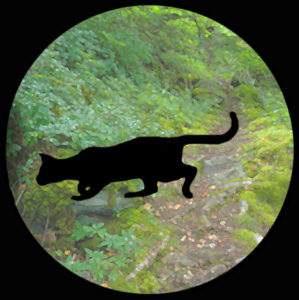
The circle to the right is Mari, from Yeshua’s Cat, turning aside from a path in a green forest to investigate the central circle. In her circle she represents all of the natural universe. Creation. Everything that exists naturally, apart from the intervention of humankind. This natural order also includes human beings, since they’re part of the created universe–but not their civilizations.
The totality of the created world–as we know it on Earth–is flowing back from Mari’s search like the tail of a comet.

The circle on the left is where Miranda, my detective, lives. Her circle is the world of human civilization–urban, complex, multi-cultural, and often unsure exactly what they believe. Many, like Miranda, have their roots in Christianity, but have turned away from the church. Spinning out from her circle is a spiral of different world religions. But in her circle she, like Mari, has paused to examine something about the Christian faith that has caught her eye.
Both Mari and Miranda live outside the Christian fold, and they approach it from opposite directions. Mari moves from the non-human, natural environment, Miranda from a detached, urban, academic world. Still, both find themselves intrigued by the light in the center circle. Mari has the easier approach: Yeshua introduces himself by saving her life, and she joins him as a friend. But Miranda has been scarred by her Christian experience; she mistrusts the church and its agendas. As a professor, she sees all religions as examples of the human yearning toward the divine. Truth claims don’t enter the picture. She simply records what she observes, without making judgments. Her methods are catlike: she steps cautiously toward anything new, not committing herself, poised to slip back into the shadows if conflict threatens.
I knew a number of women like Miranda in my years apart from the church. Their worlds were full and rich, but they didn’t screen their experiences through a Christian worldview. Yet they were sometimes attracted by a light shining out from this tradition many of them had left behind.
. . . maybe the light shone through a person
a man like Elmus
or as comfort in the midst of evil
perhaps through the One’s presence in some crisis of their own
or simply in prayer and meditation.
But today we live in a world where it’s increasingly difficult to say, “I believe.” The language is lost. What does it mean to believe? Who are we believing in? People who live in the secular world can’t respond to most Christian overtures–because they don’t understand the words anymore. God-talk is becoming literal non-sense to those outside the churches.

People like Miranda are who they are, just as cats are cats. Each responds to life according to their gifts . . . but for some reason those inside and outside the churches are drawing further apart.
Perhaps we might learn from the effort, and love, we put into cross-species communication with our cats (and dogs, gerbils, birds, and ferrets) . . . and look at the incomprehensible human beings around us as if they concealed inner selves as delightful, unique, and full of surprises as a cat’s. It’s not really such a stretch.
I happen to find the lives of alienated Christians intriguing, perhaps because I’ve been there myself. And if the polls are right, their numbers are growing. Their honesty is often fierce, like their determination never to be taken in again by faux-Christianity and self-serving lies. Sadly we don’t have to look far to find the lurking predators they’re avoiding. And that’s what This Madness of the Heart is about.
Miranda peers into the light of Christian faith–but she looks from a place apart. Her own experiences haven’t shown Christianity to be that promised “light to the gentiles.” So she watches, examines, records, and considers. In the meantime, I feel privileged to narrate her journey.








